5. Order Samples for Accurate Visualization: Prior to making a purchase, consider ordering a sample first. Whether it's a swatch sample or a full tile sample, this allows you to accurately assess the color, texture, and finish of the tile. We offer 30 x 40cm samples, particularly beneficial for large-format tiles and natural stone products like limestone and marble, where patterns and tonal variations are unique.
6. Order Sufficient Tiles to Avoid Costly Mistakes: It's a common and potentially costly mistake to underestimate the number of tiles needed when ordering online. Always order an extra 10% to account for wastage and breakages. For herringbone formations, whether on walls or floors, consider ordering an additional 15% to accommodate intricate cuts. Note that batches of tiles may vary in color, underscoring the importance of getting it right initially to prevent any mix-match shades in your design.
7. Consider Tile Size and Grout Lines: Carefully consider the size of your tiles in relation to your bathroom space. Larger bathrooms can typically accommodate large-format tiles. Pay attention to grout lines, as smaller tiles with more grout lines can make a space appear busy. If numerous grout lines are inevitable, consider using colored grout in a similar shade to the tile for better flow.



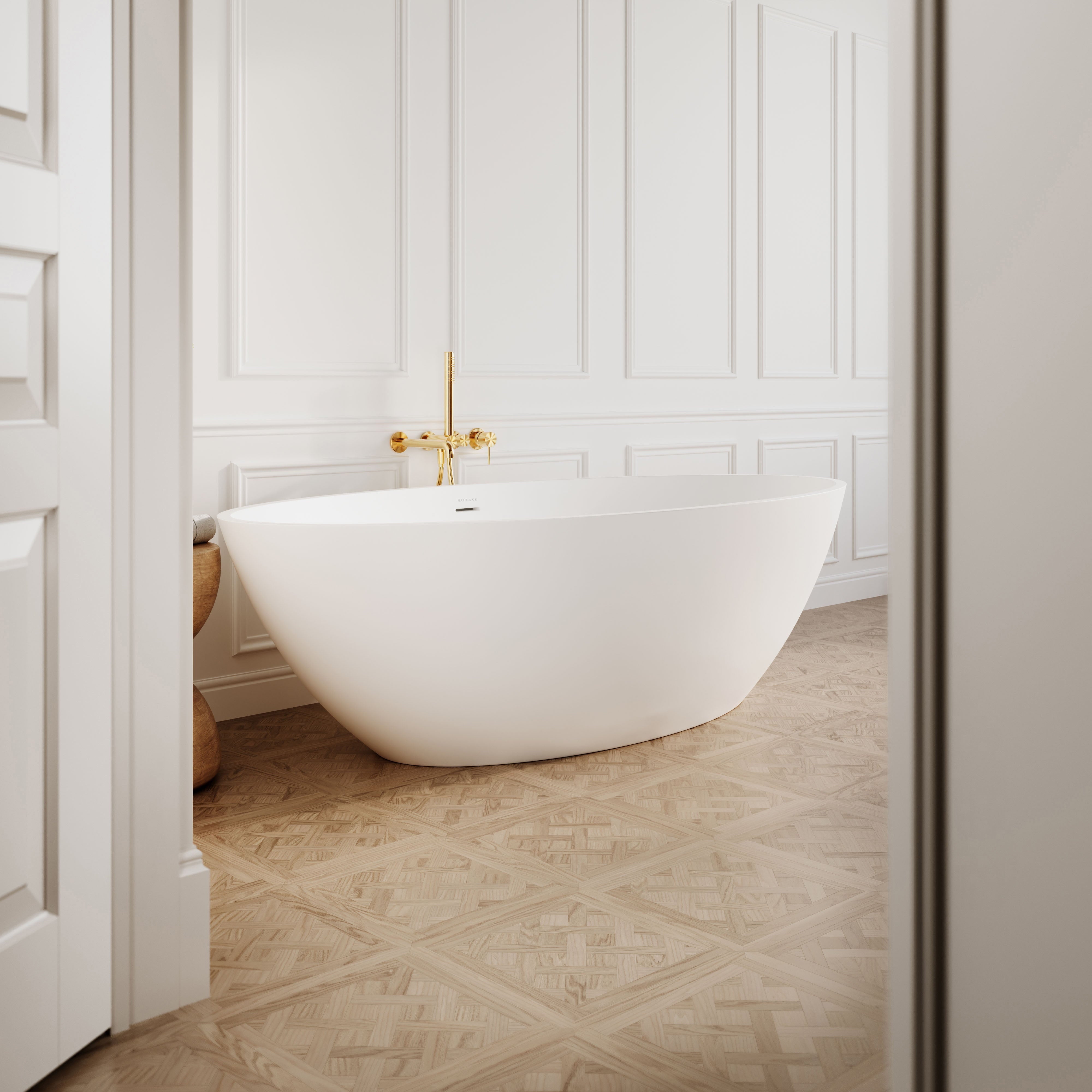
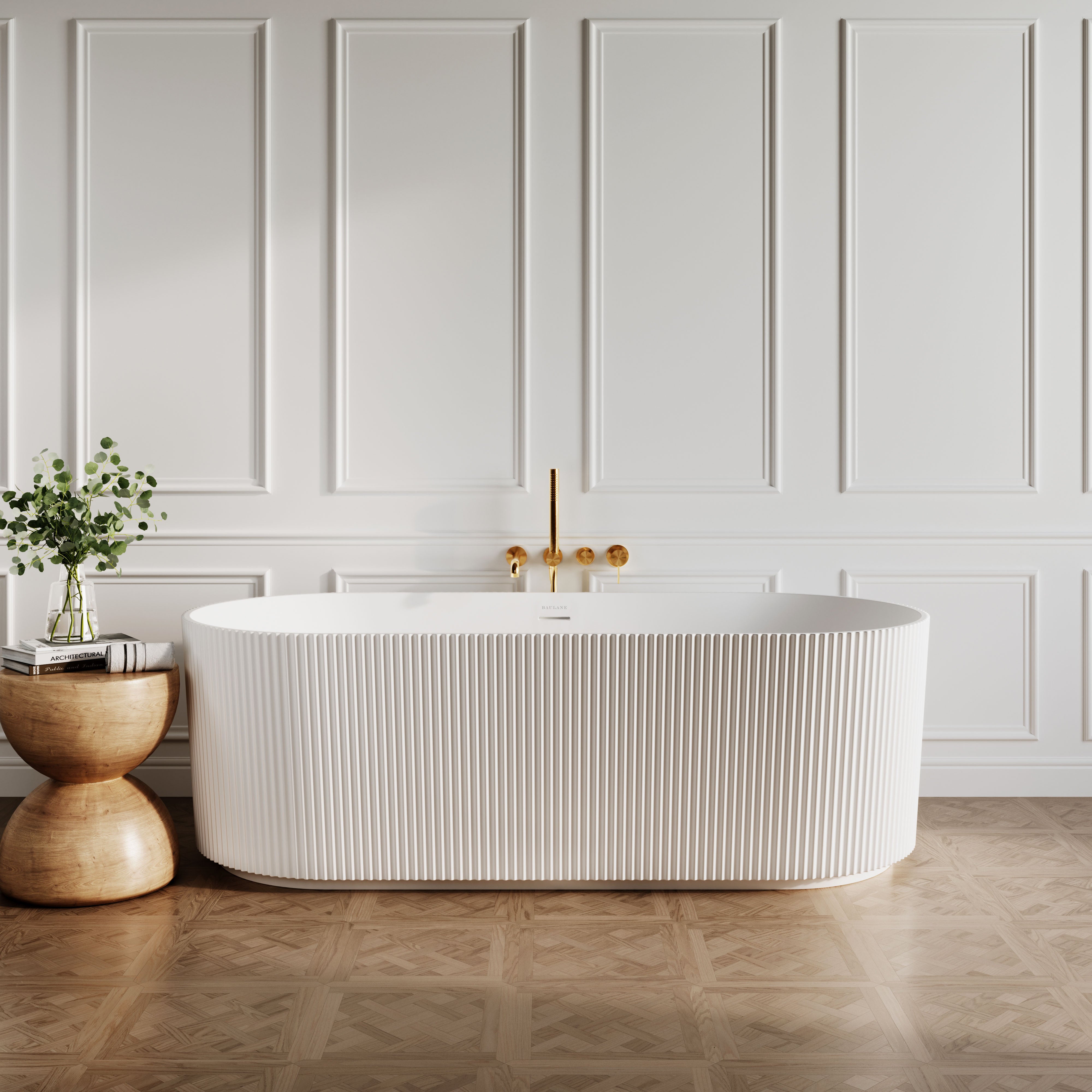
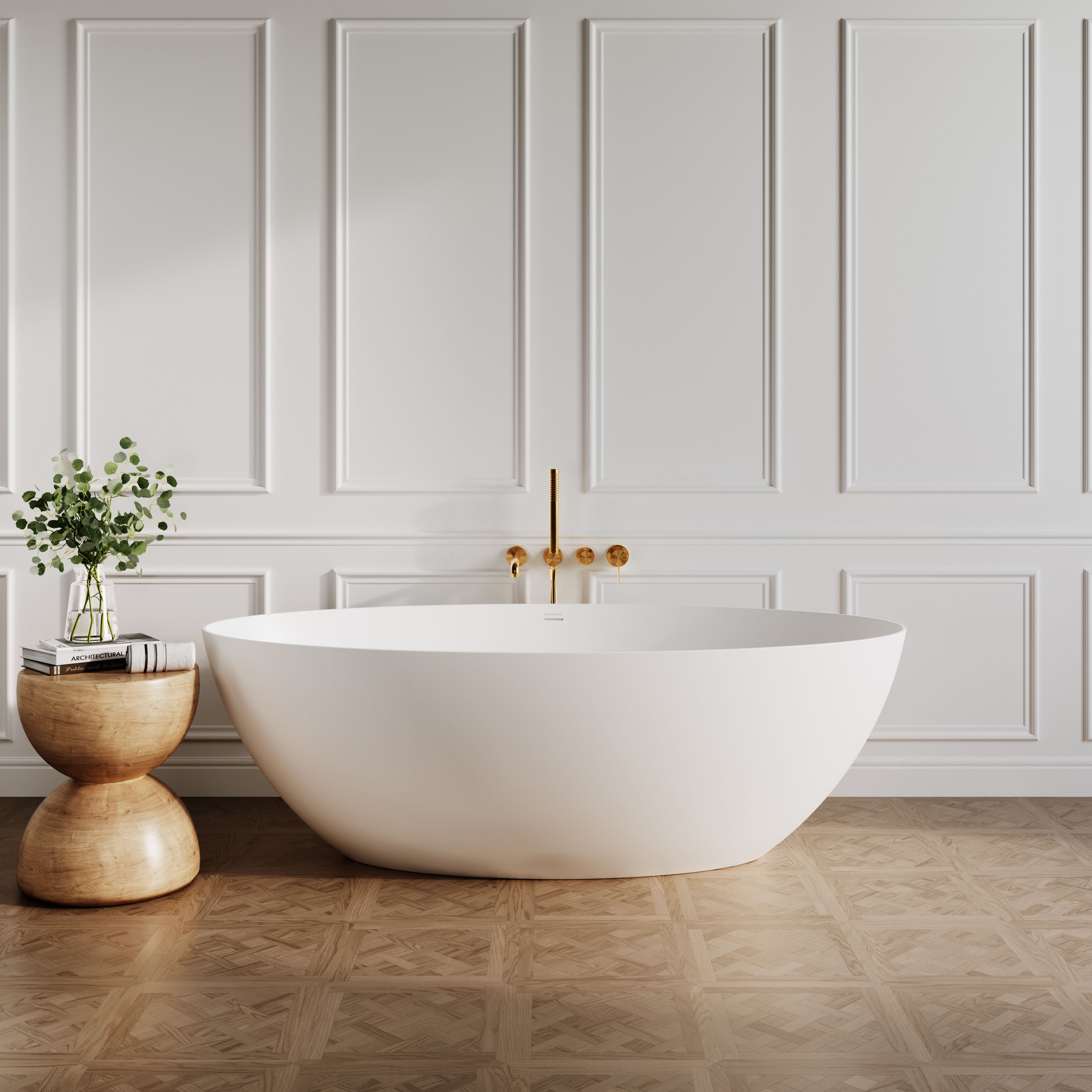
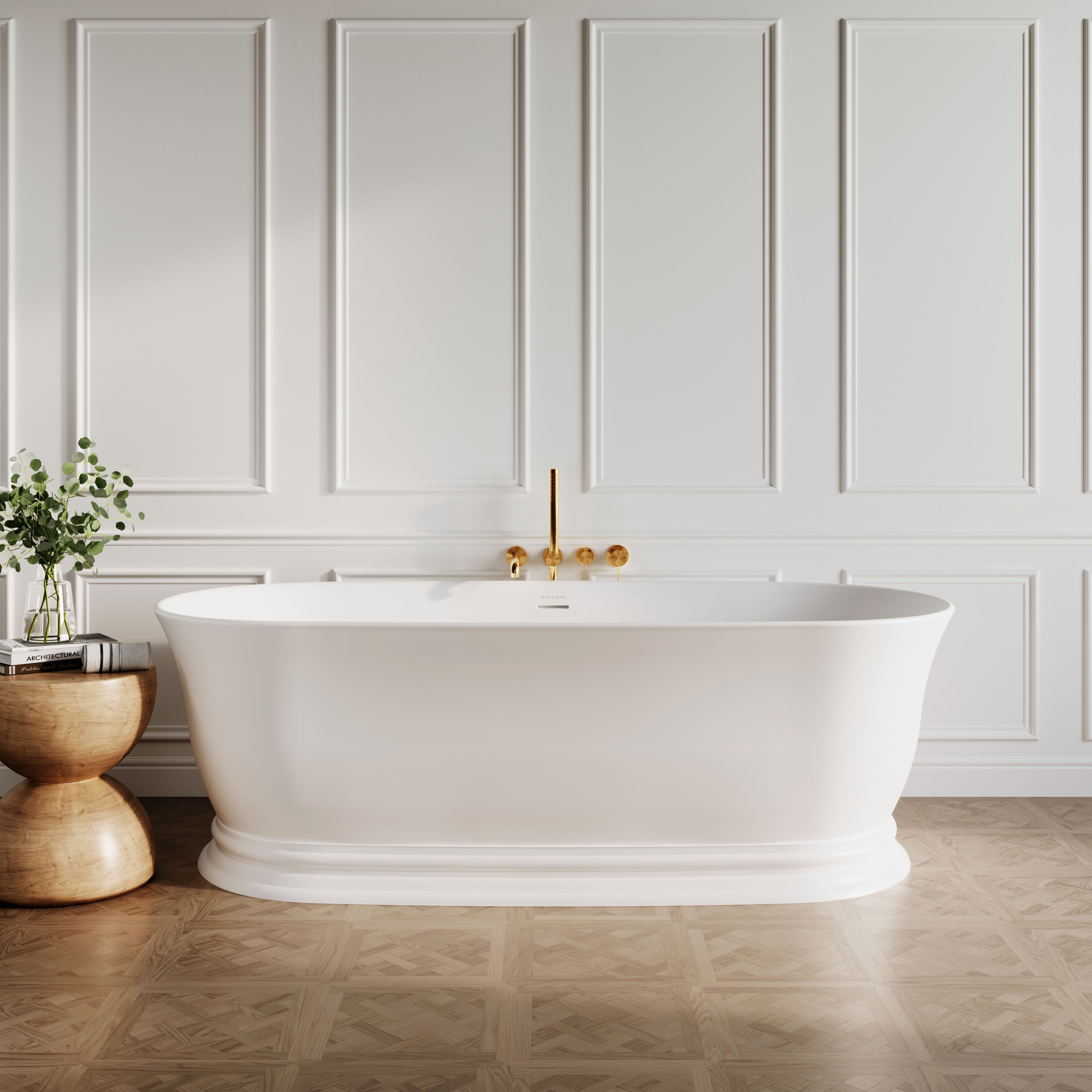
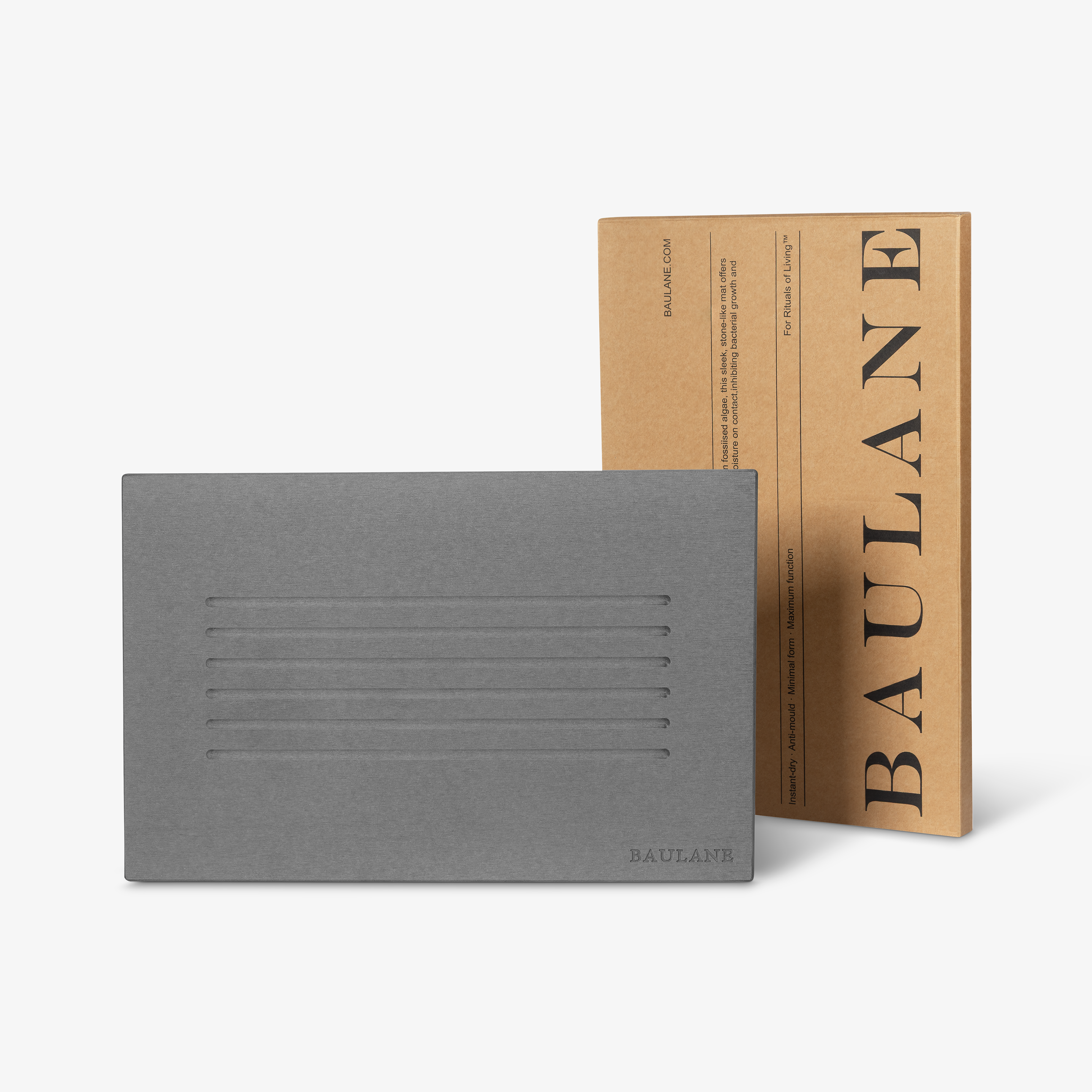
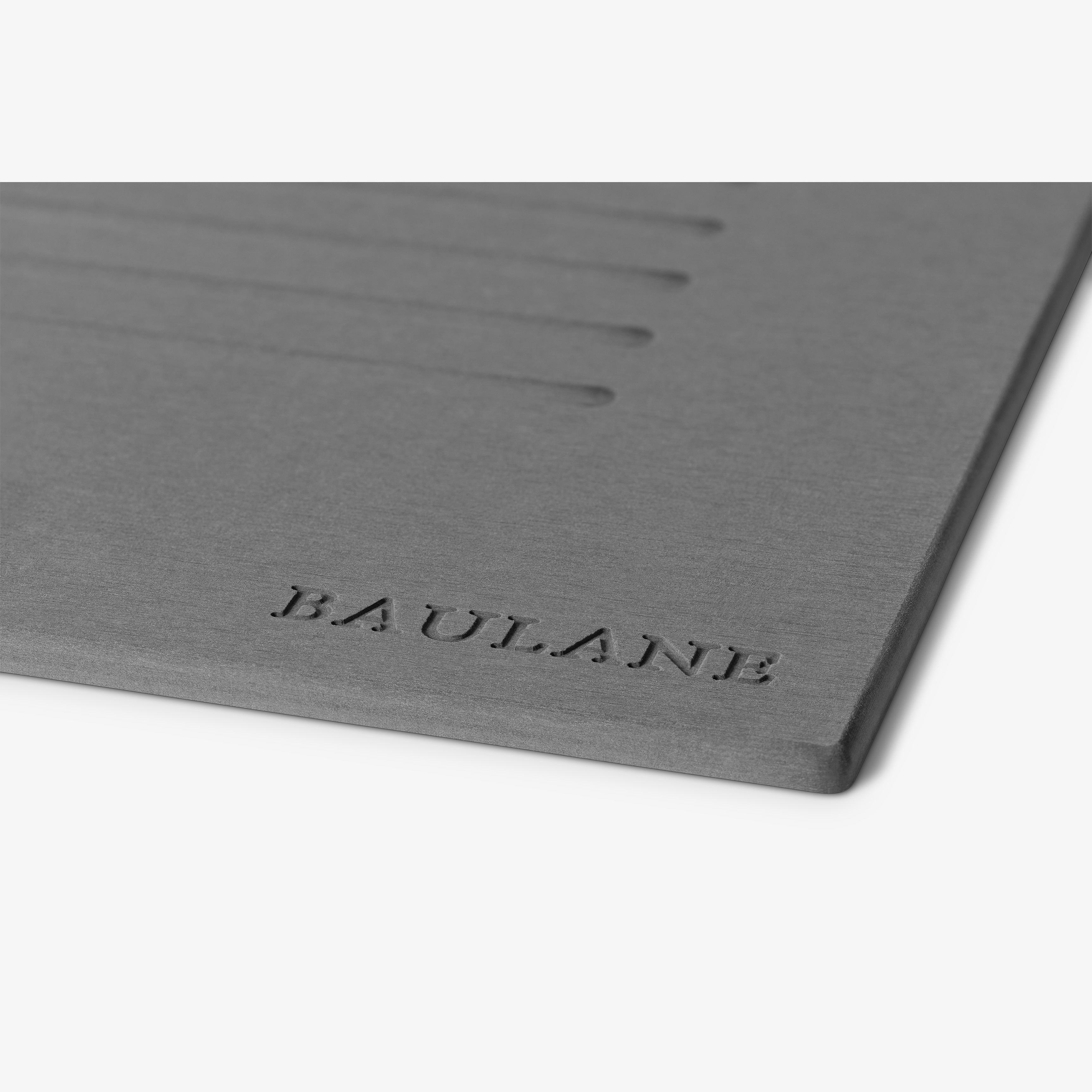
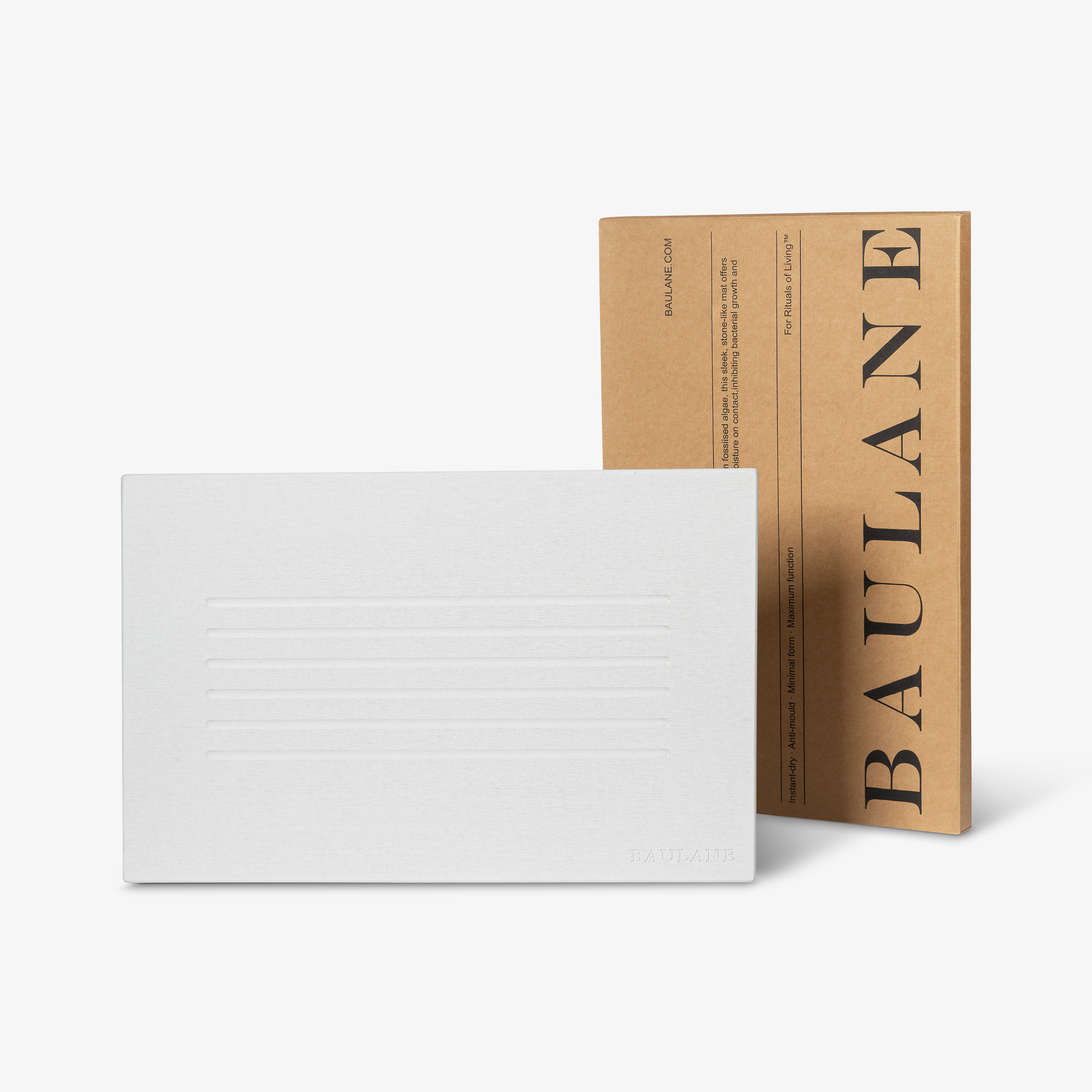
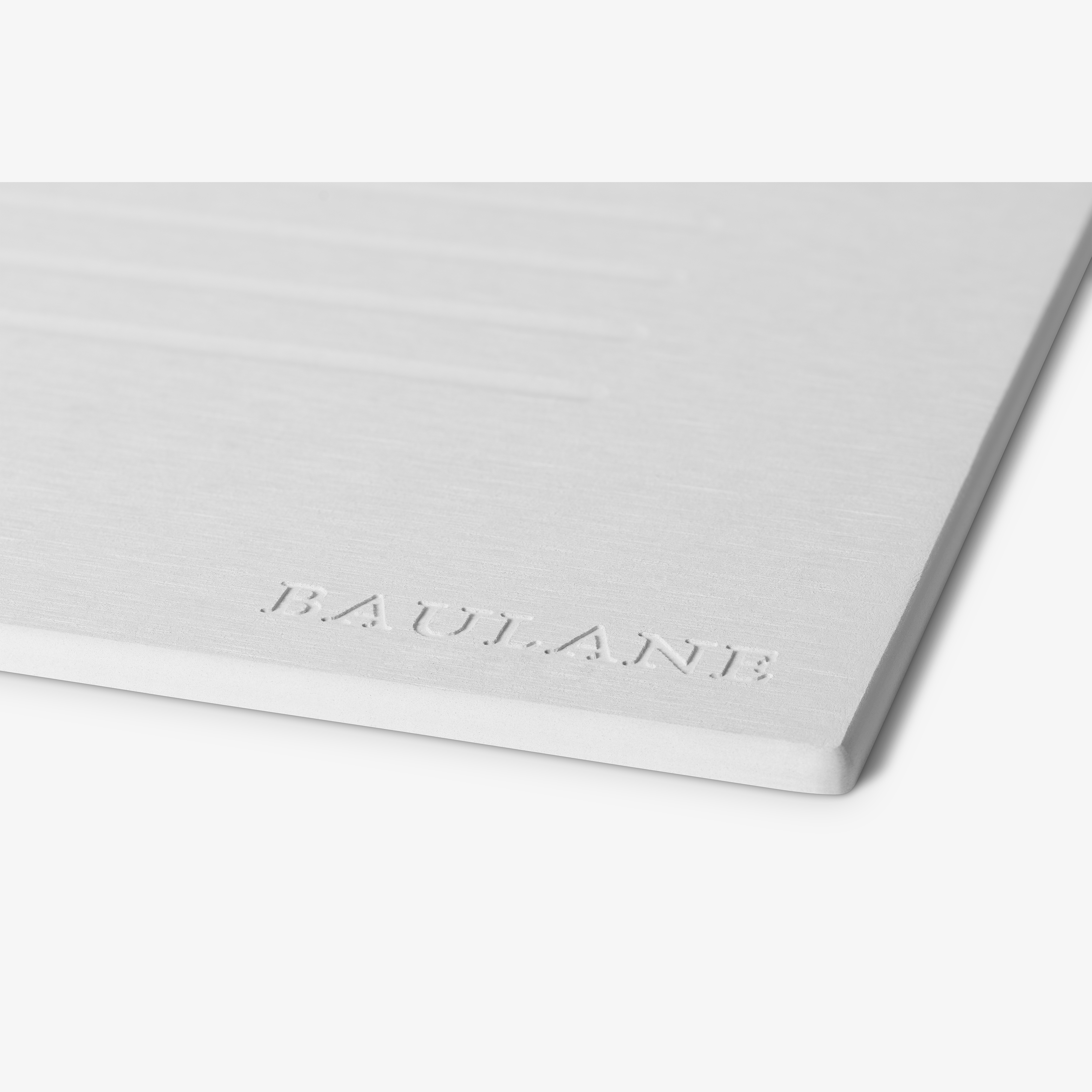
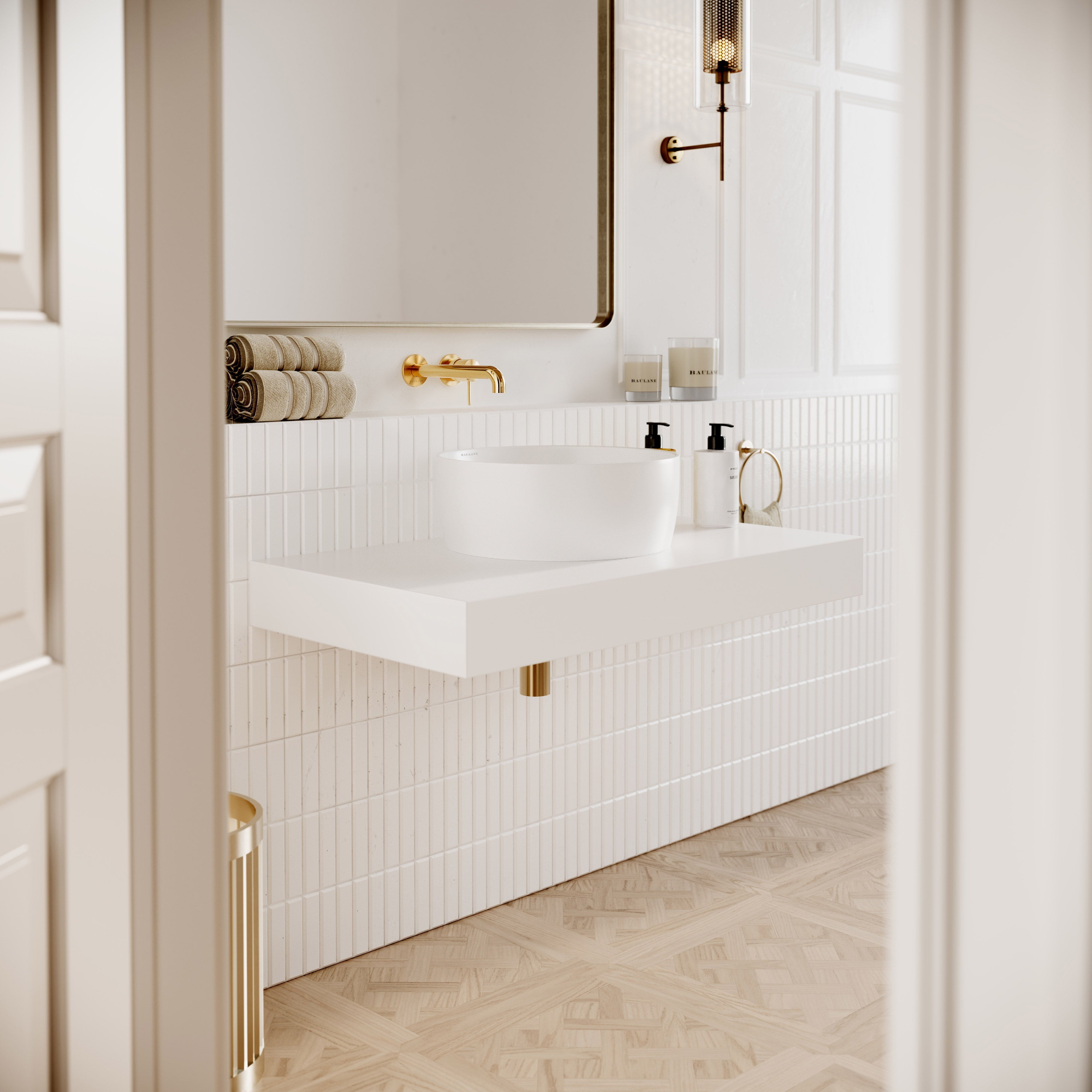
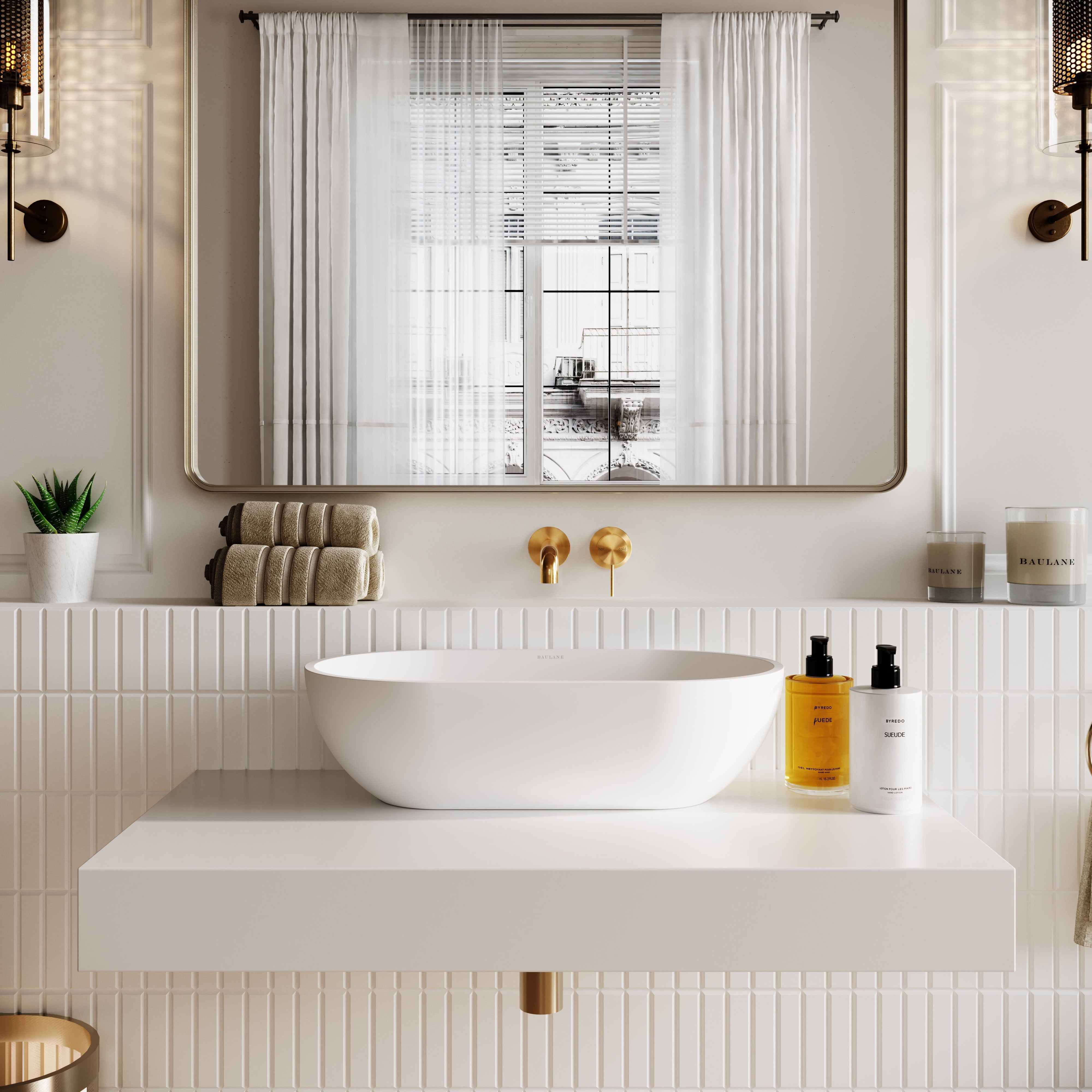
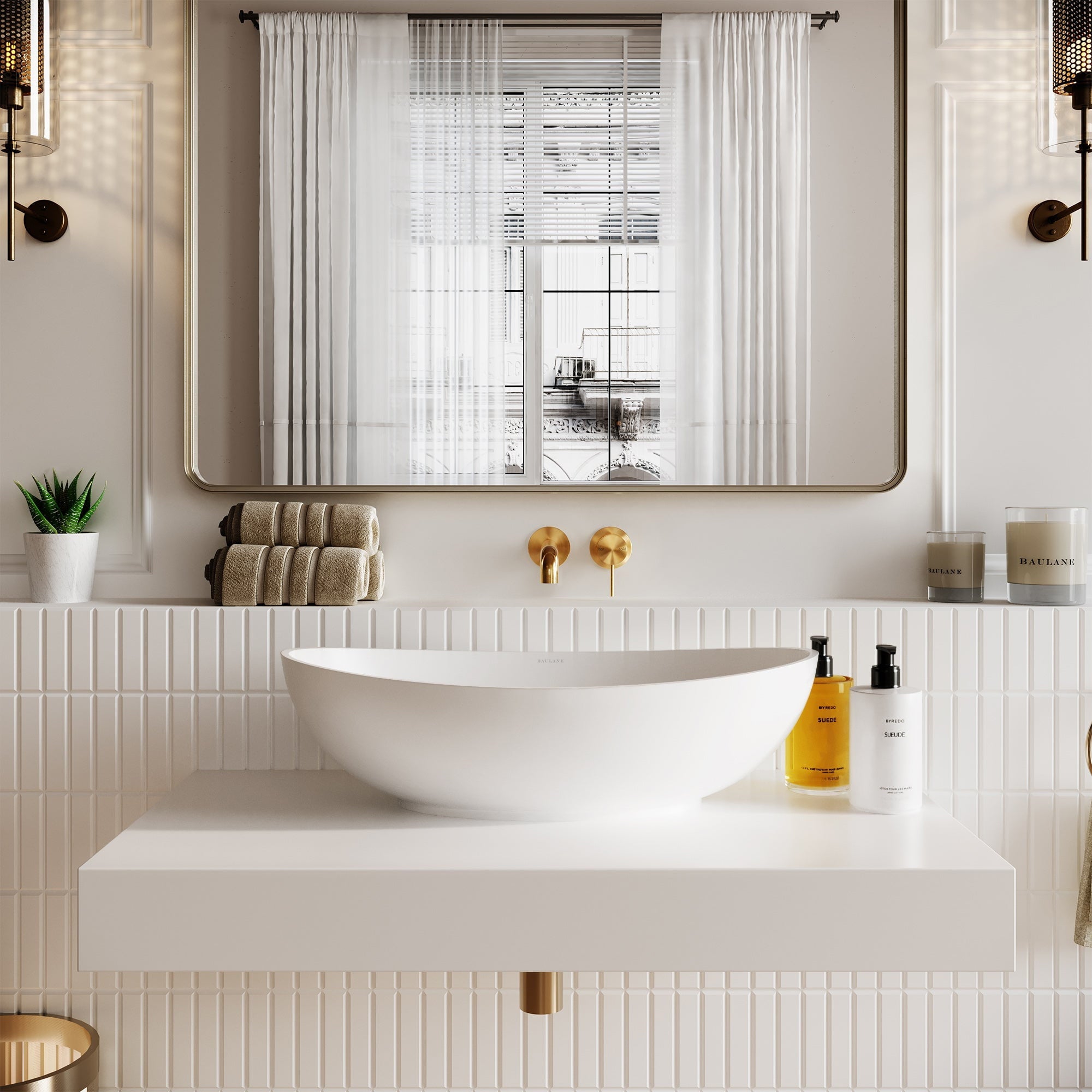
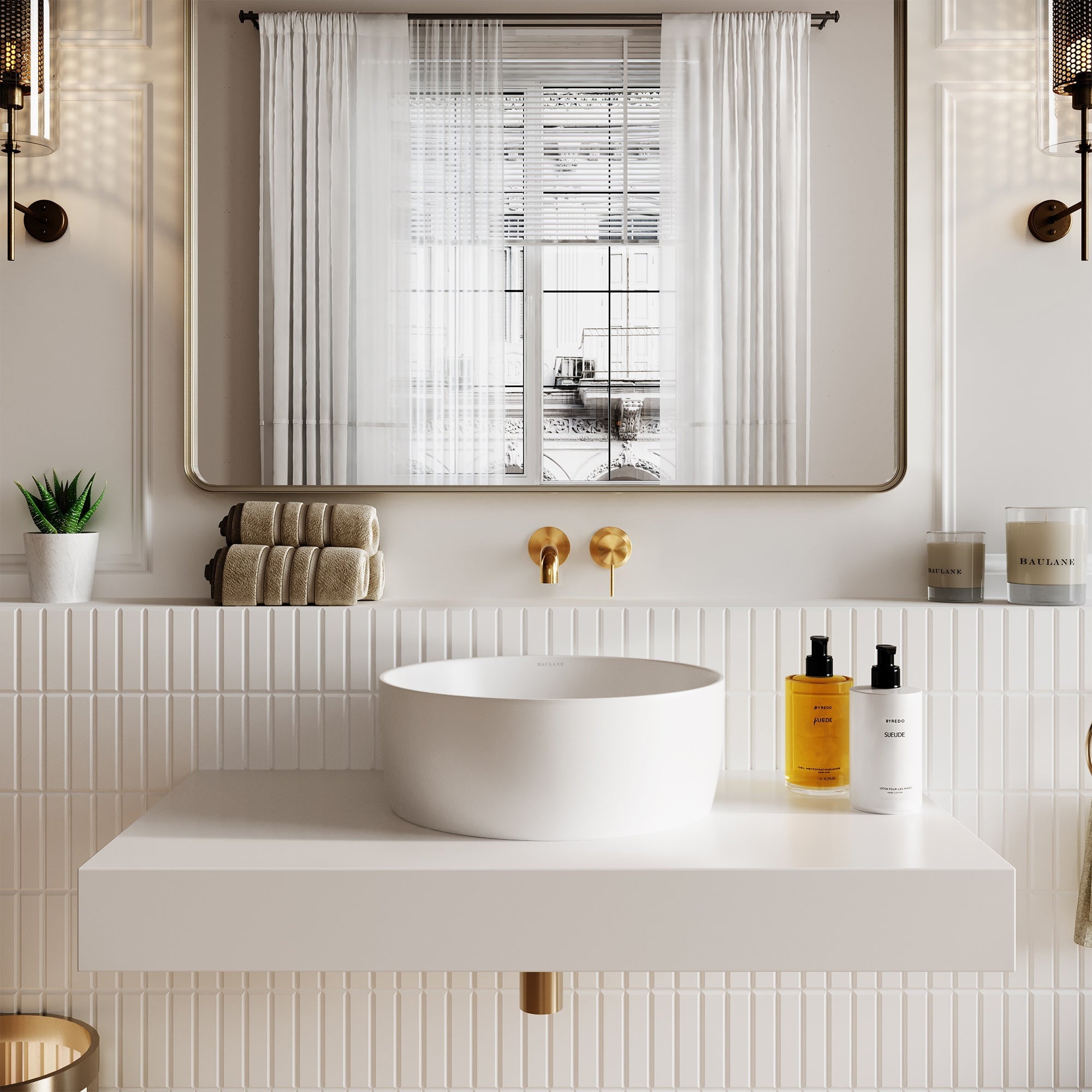
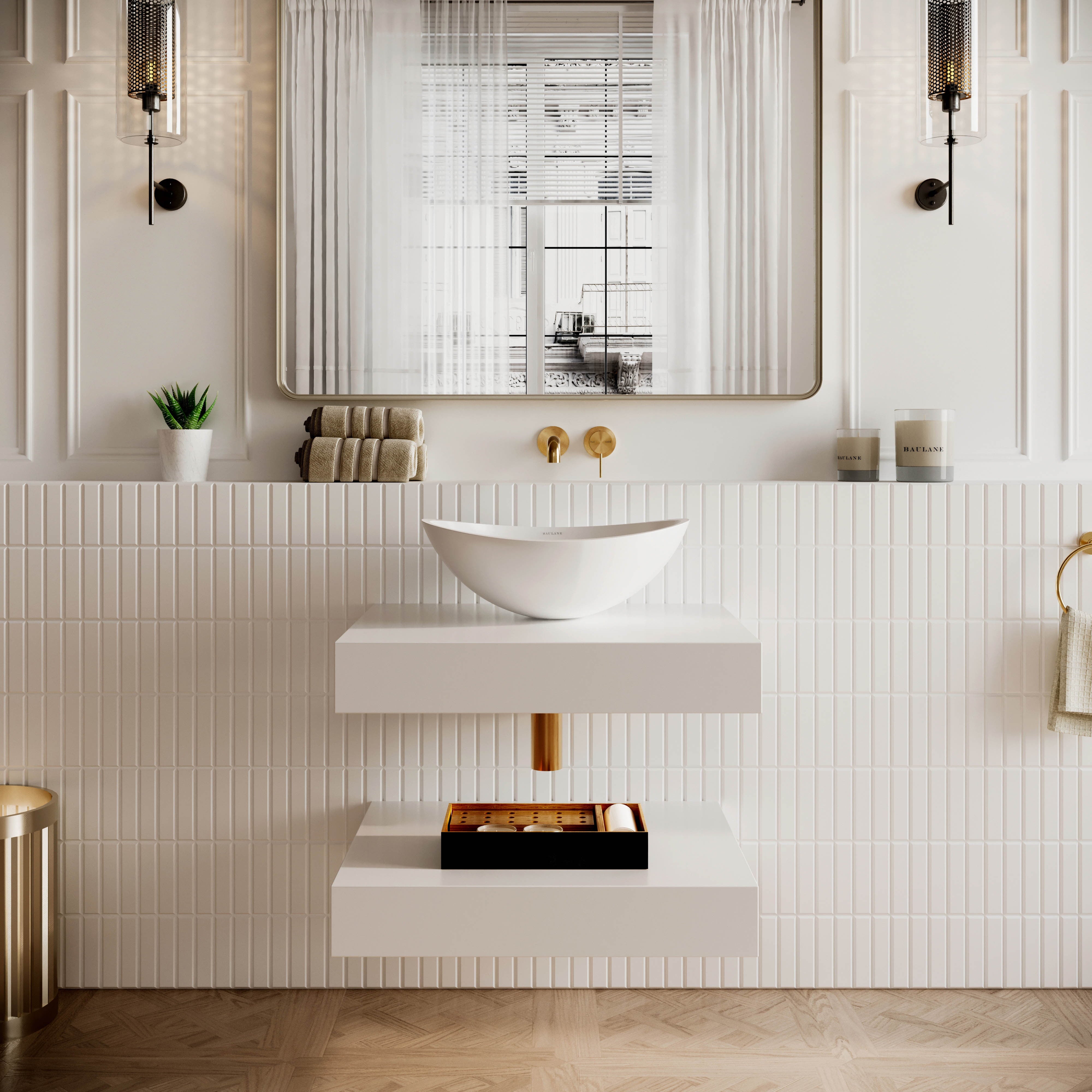
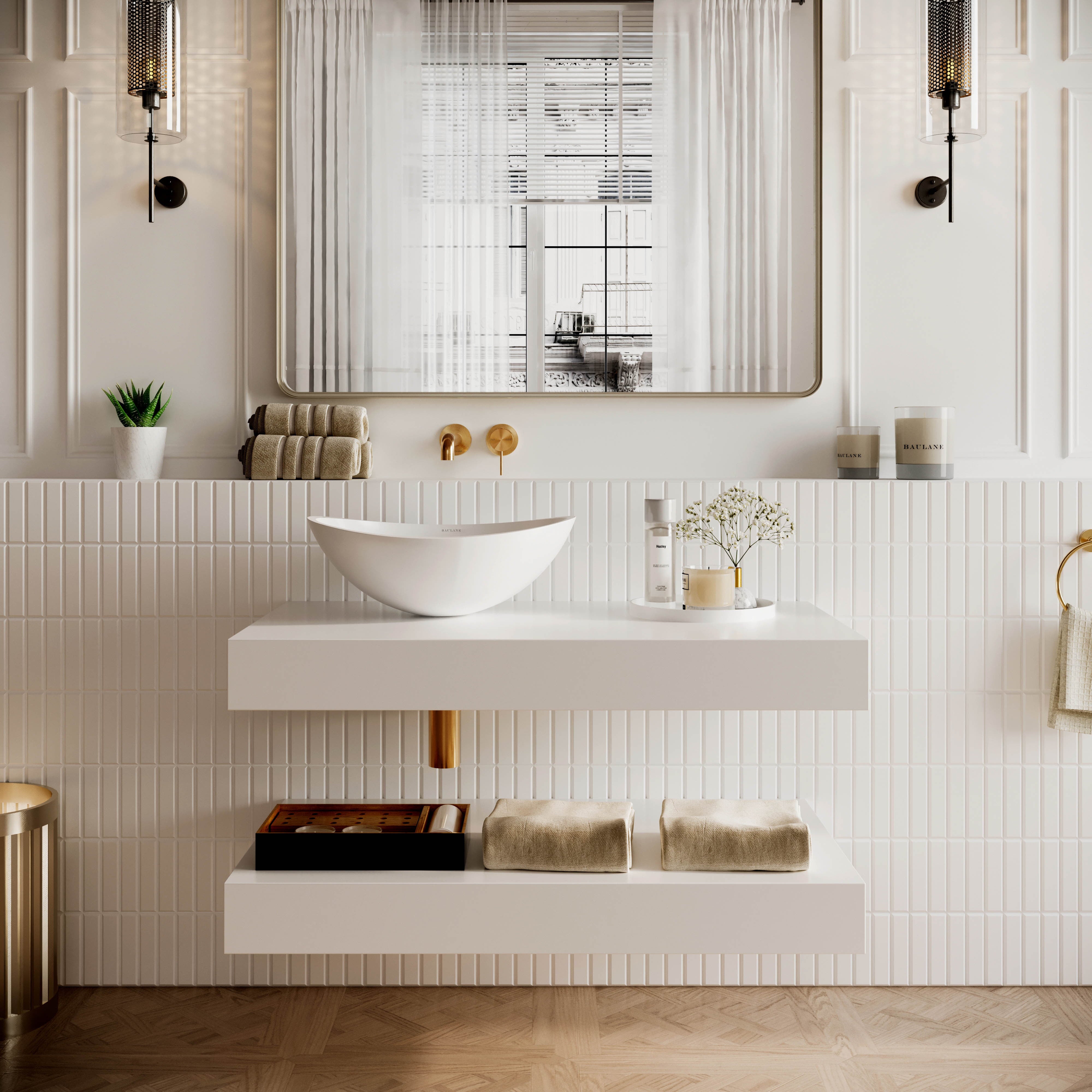
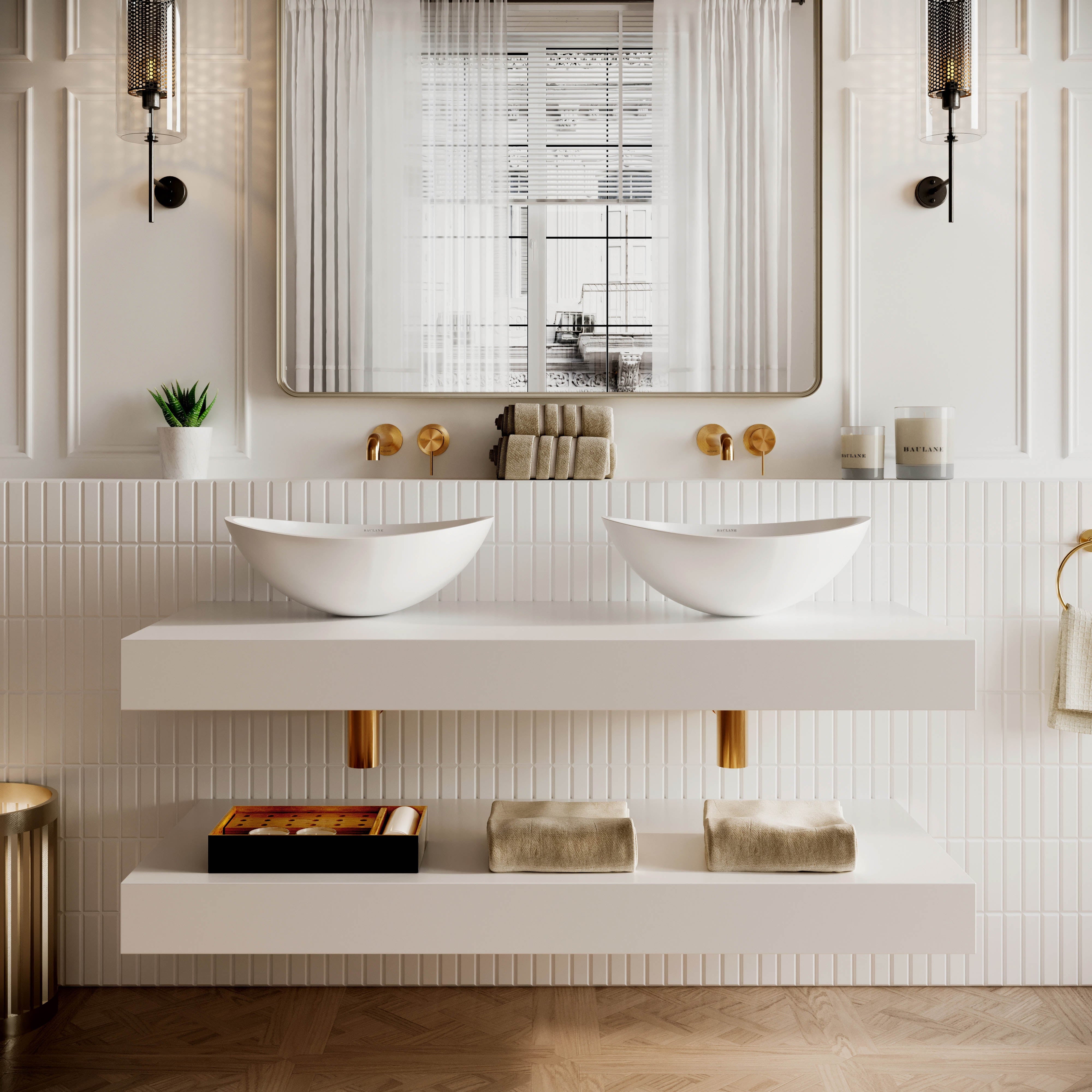
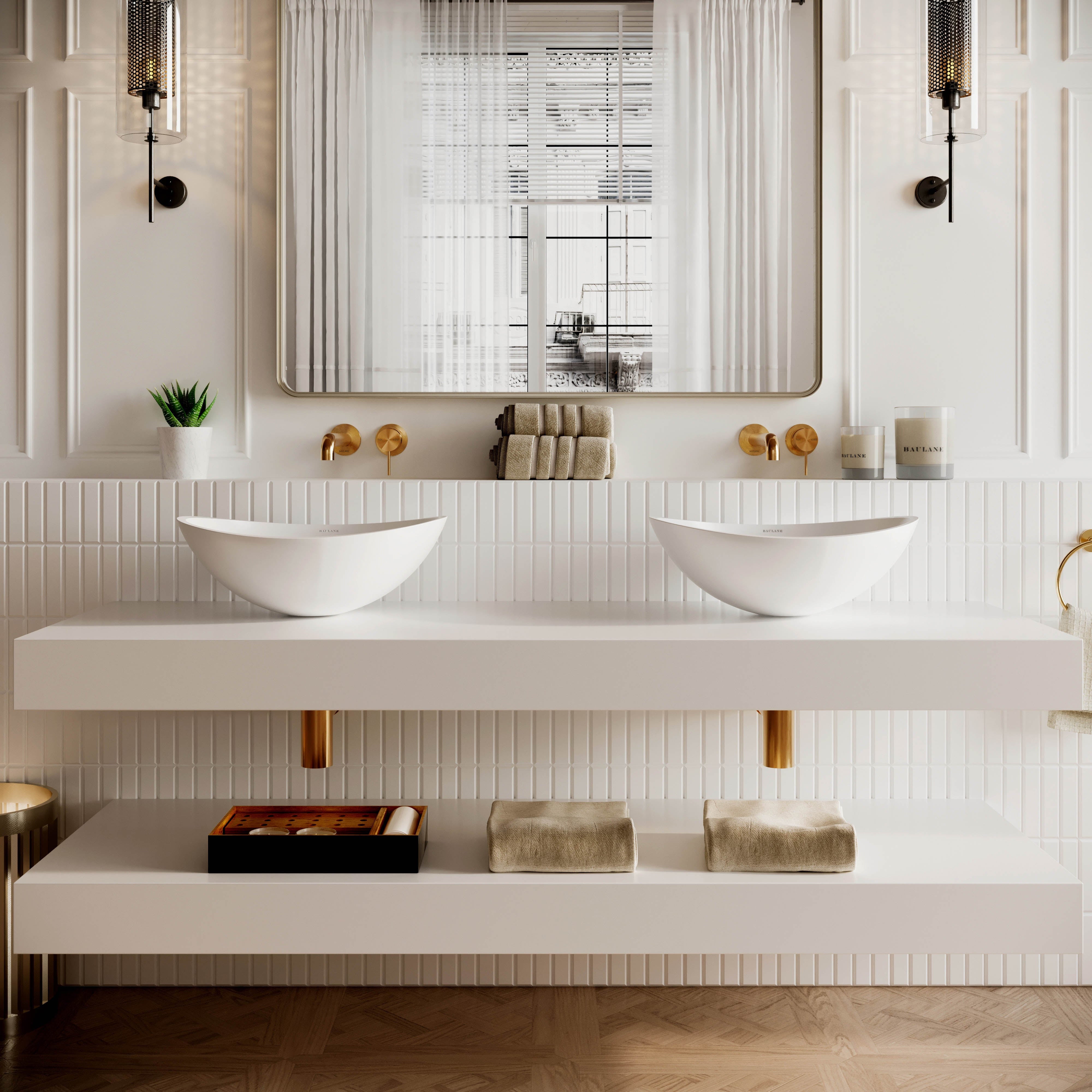
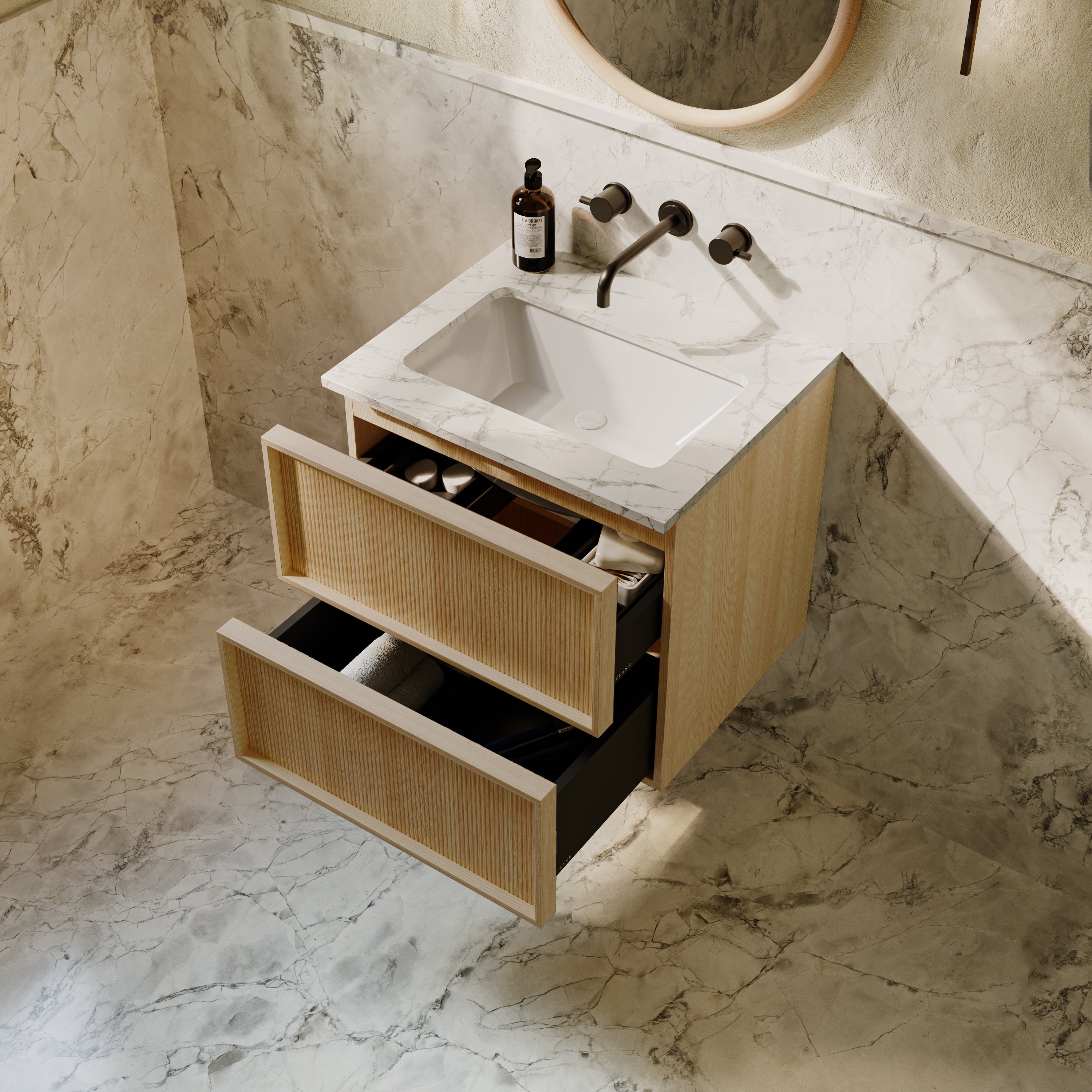
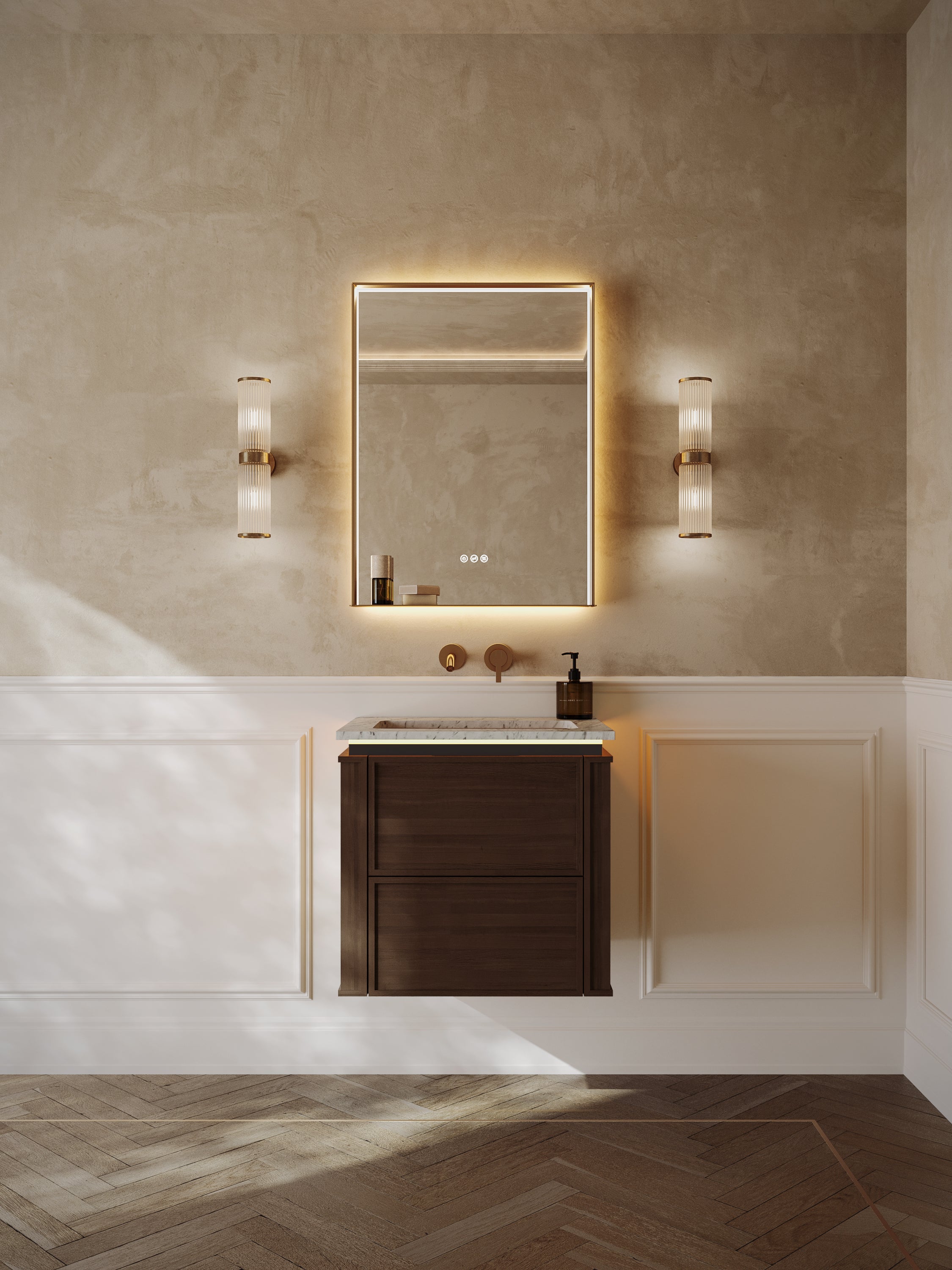
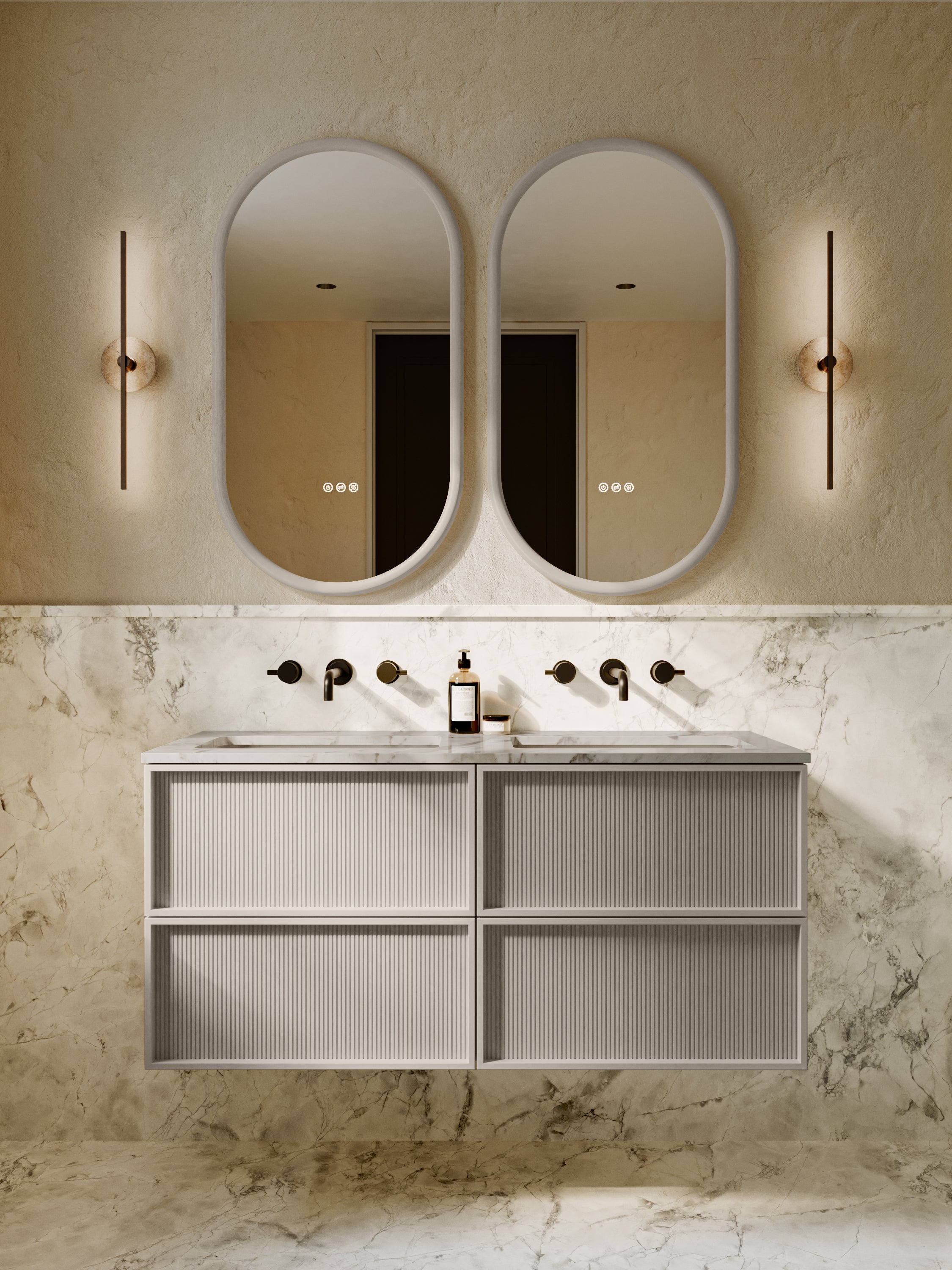
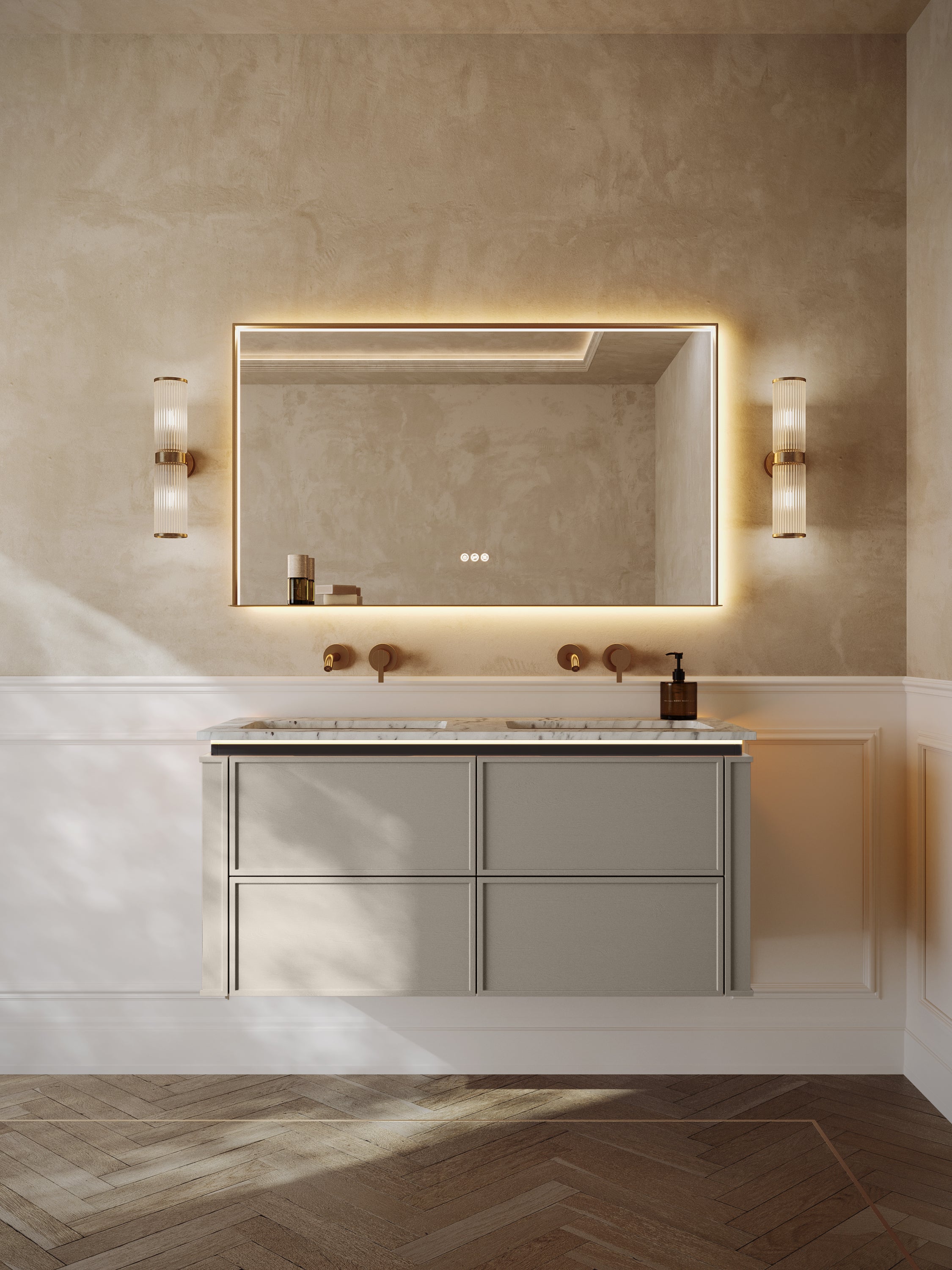
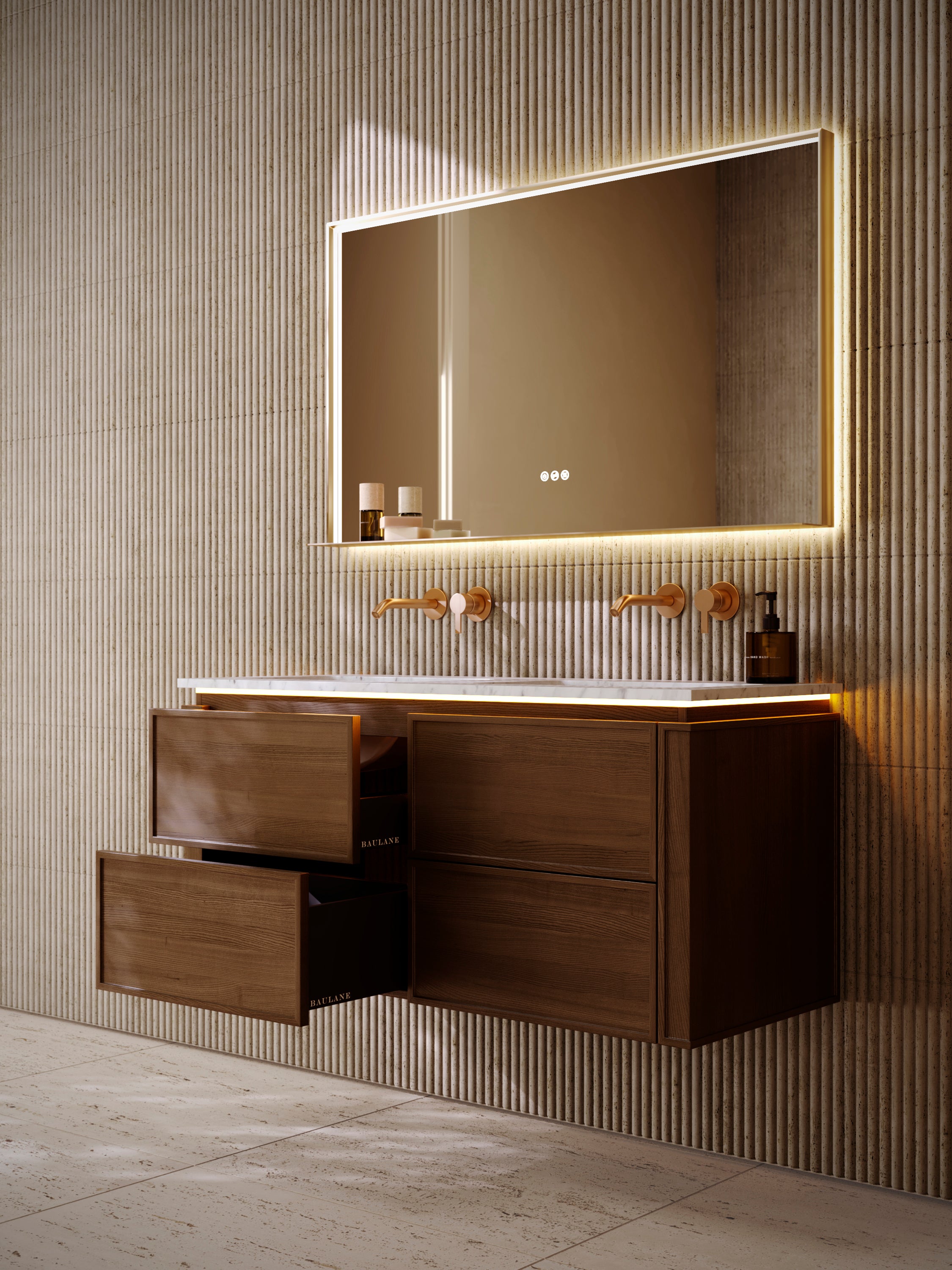
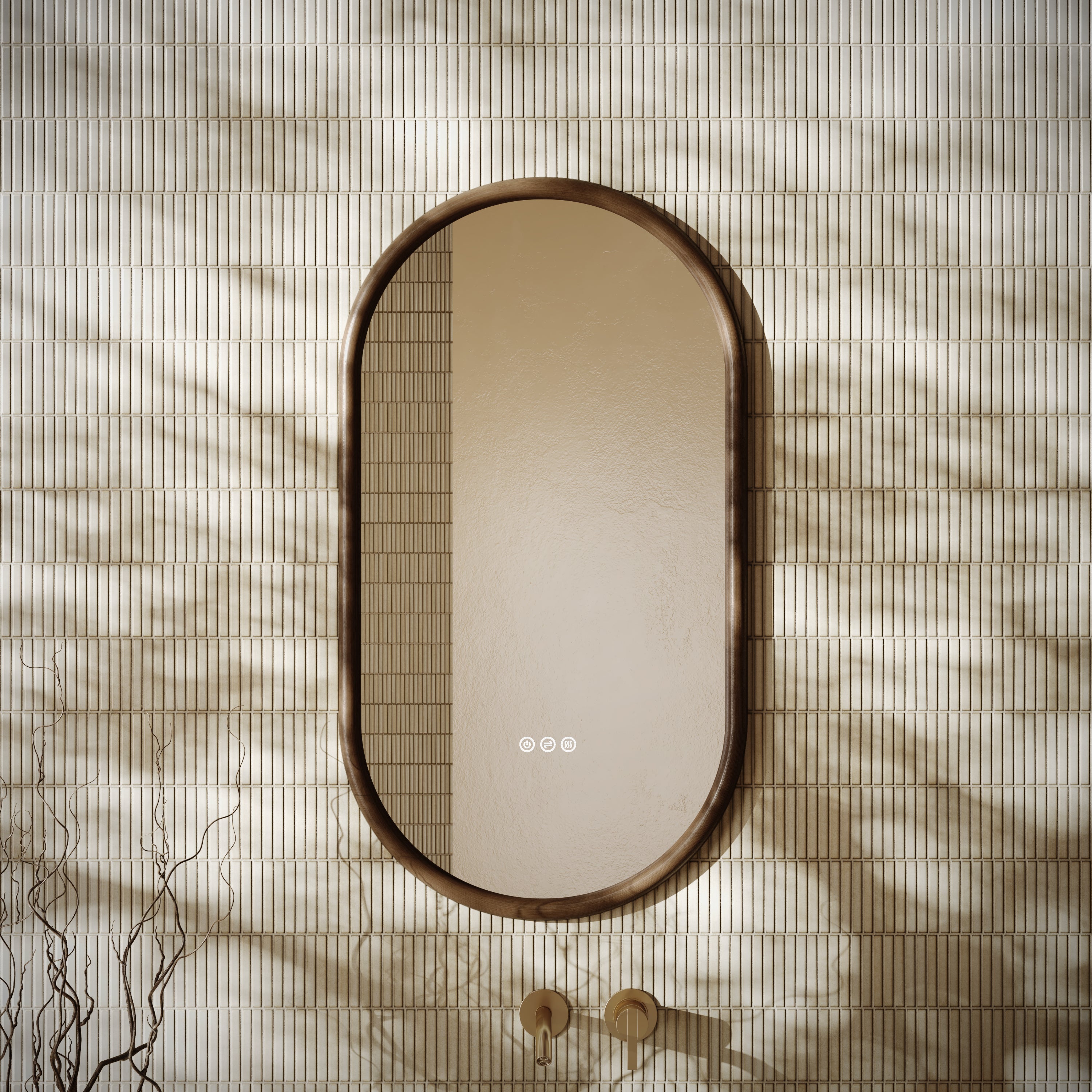
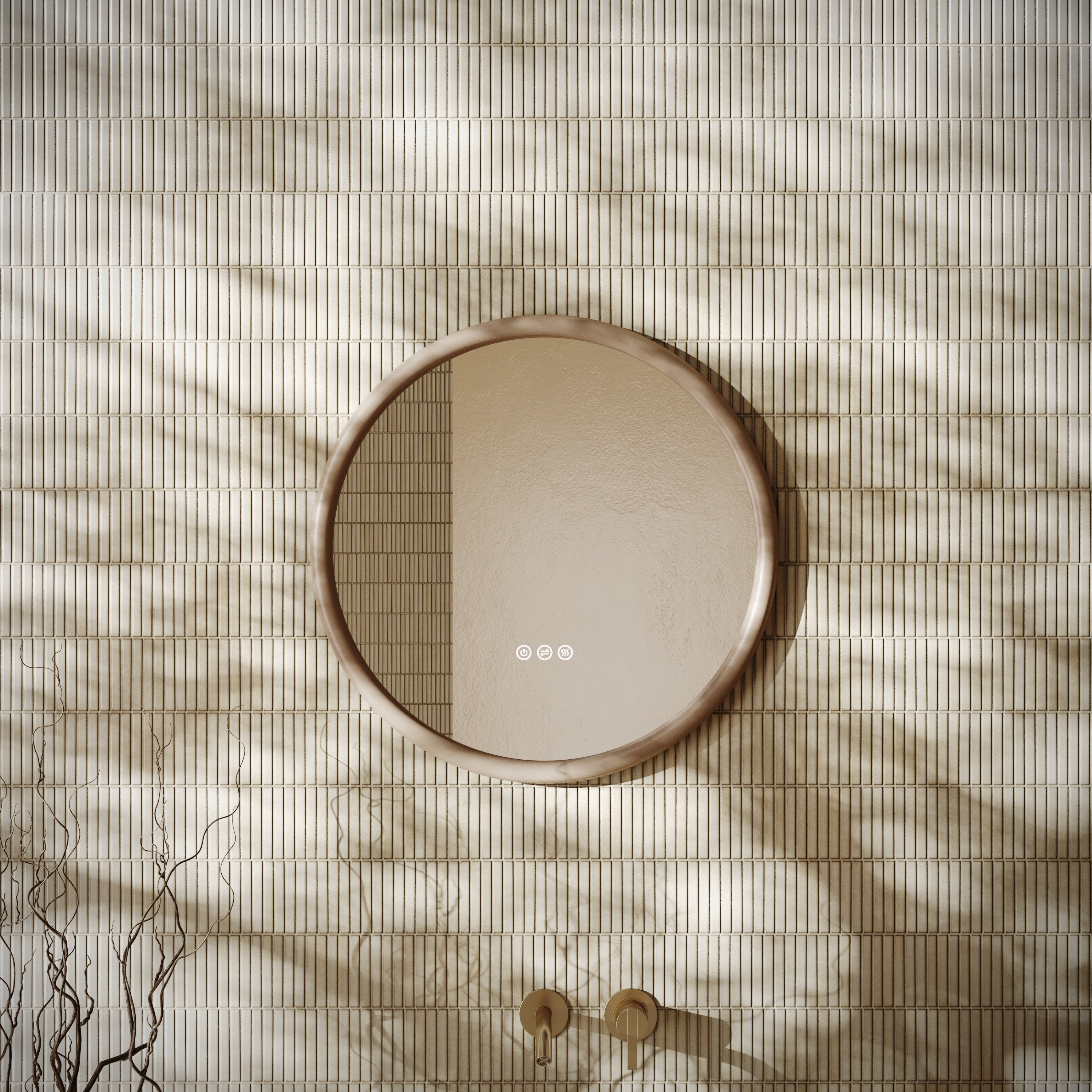
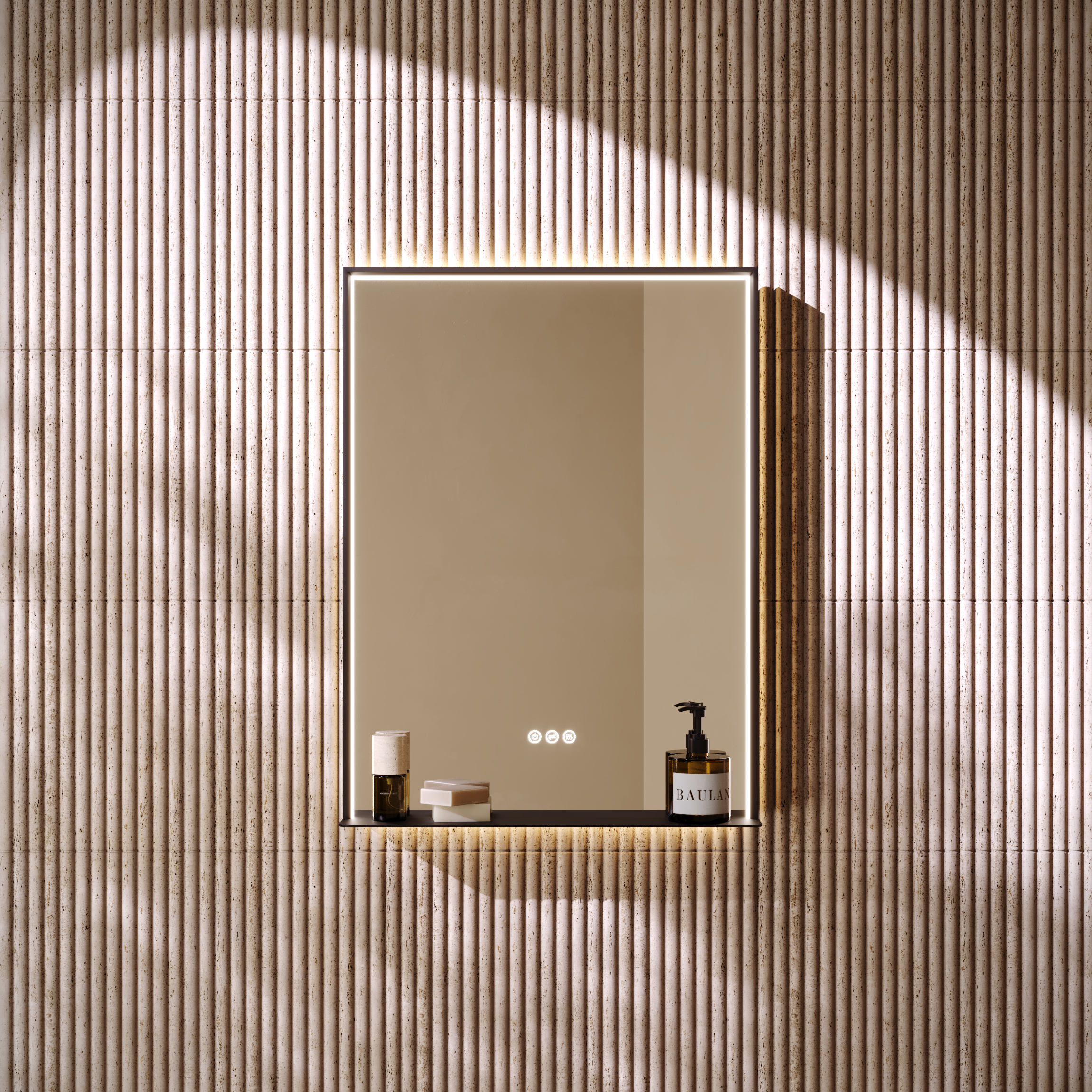
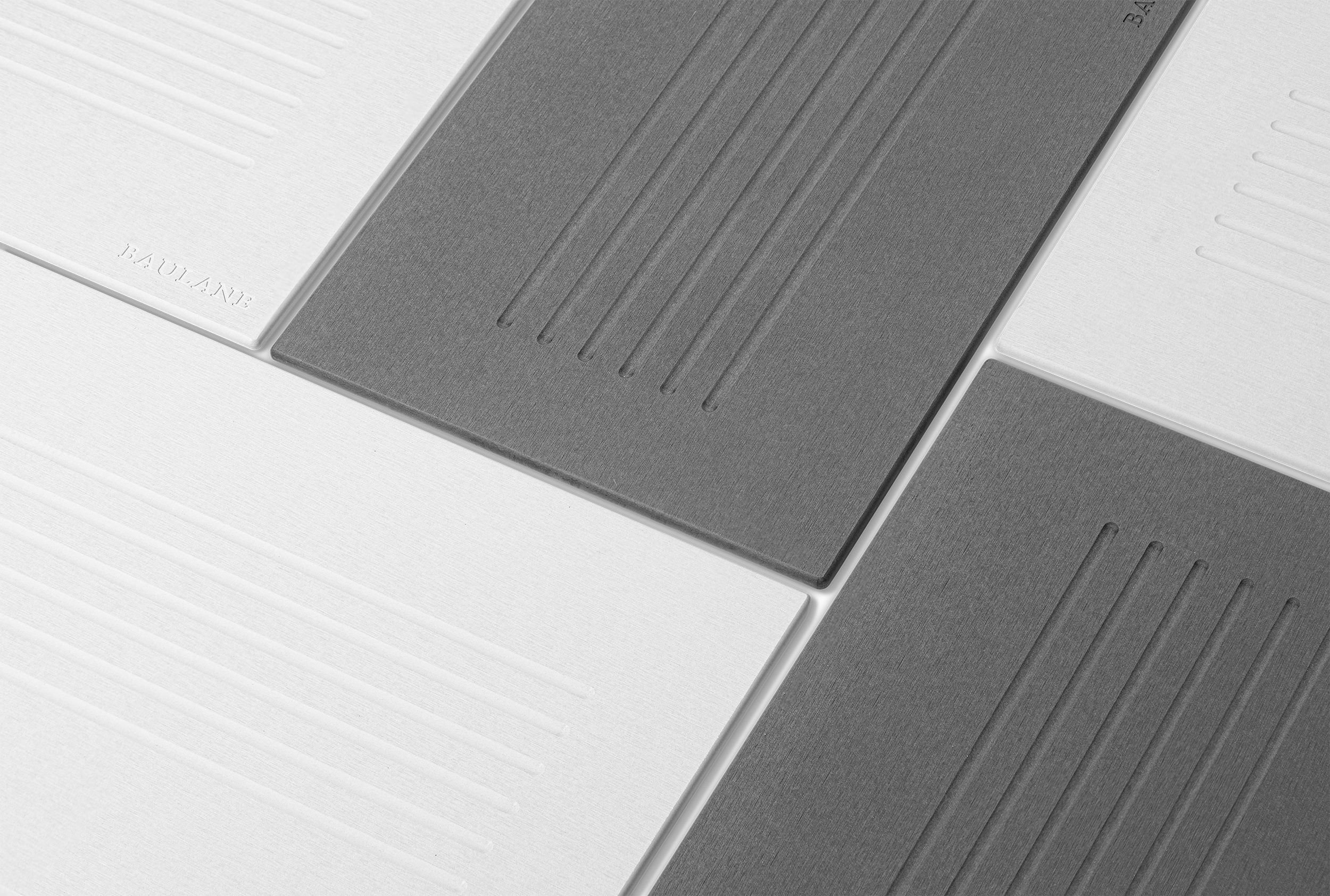
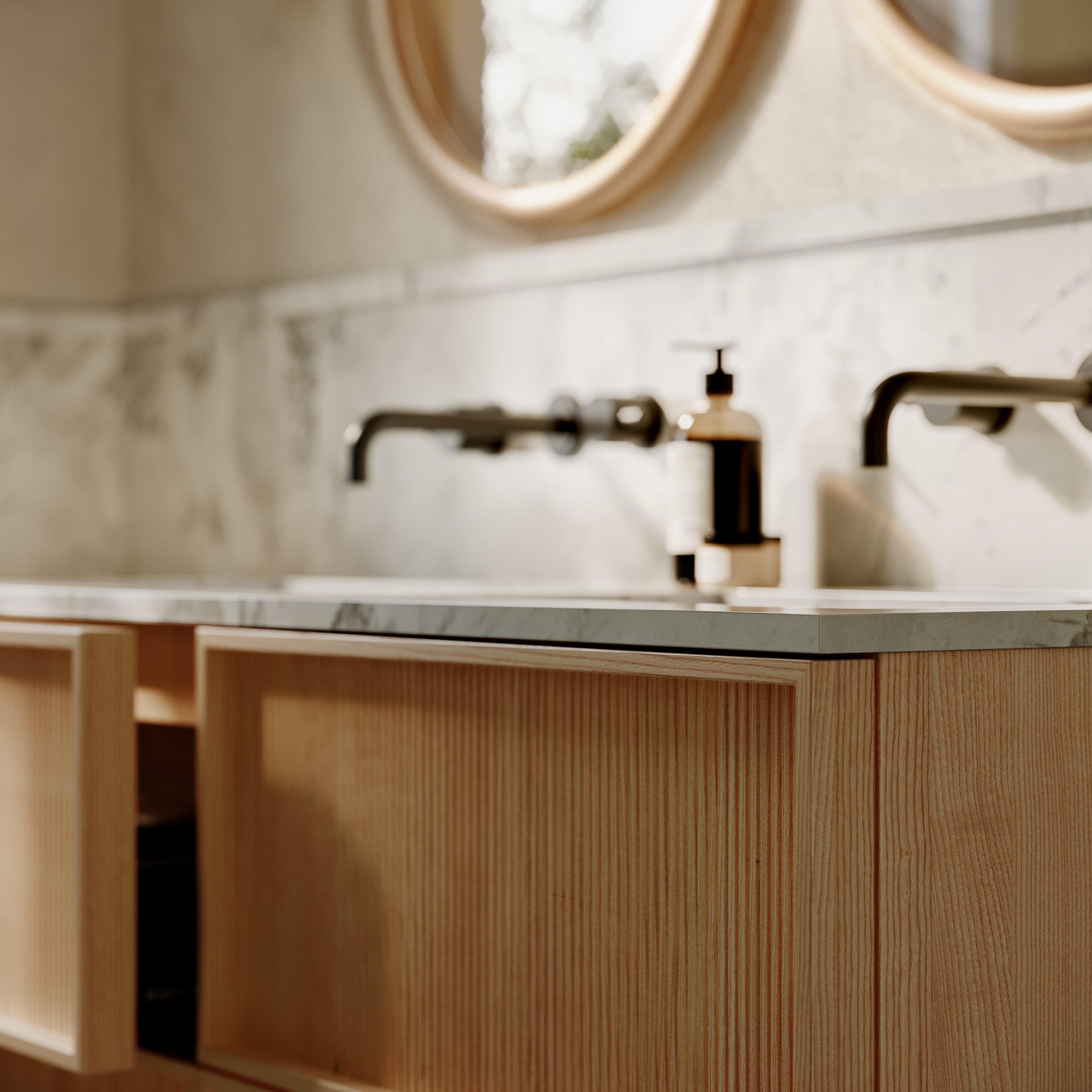
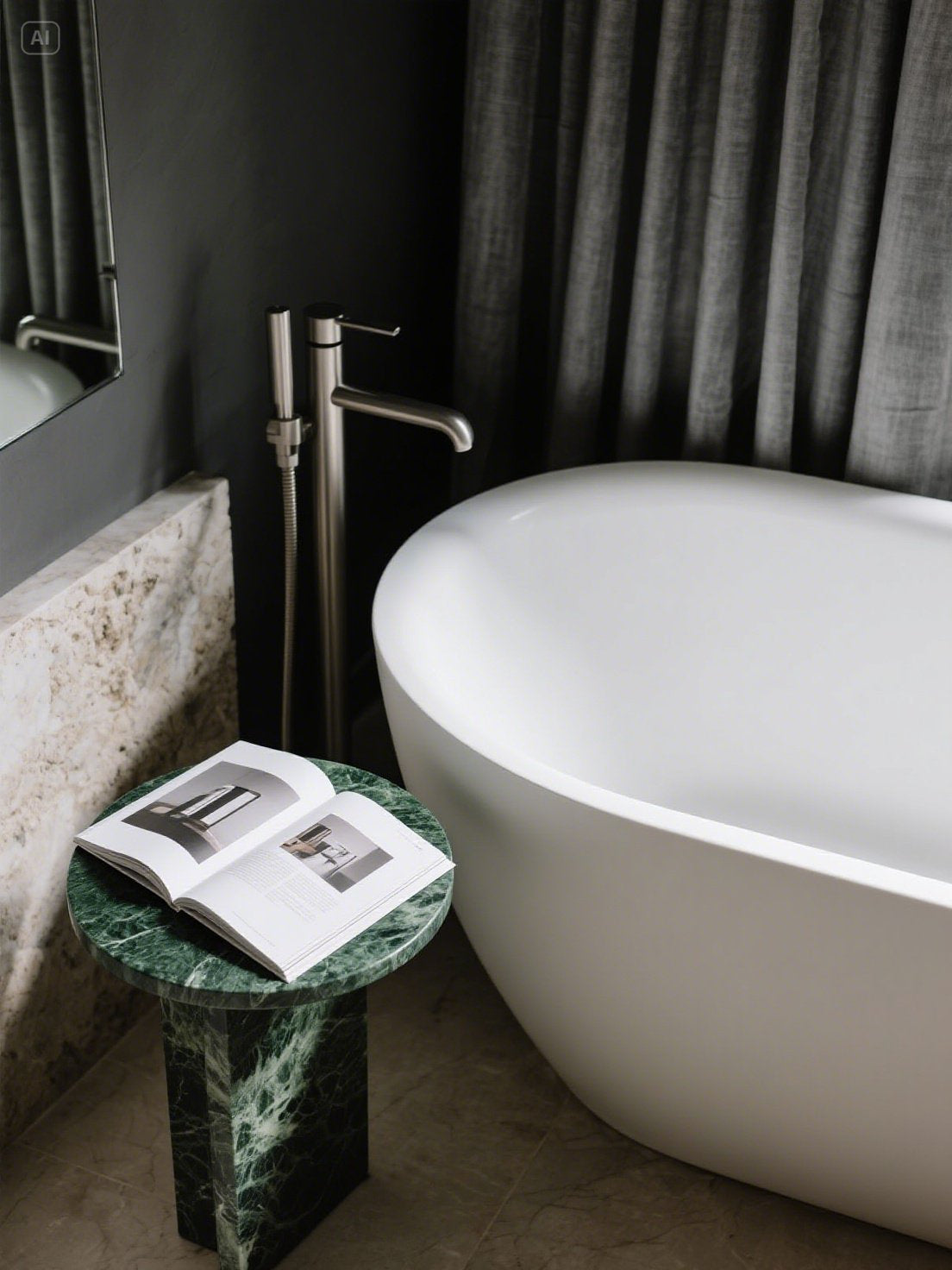
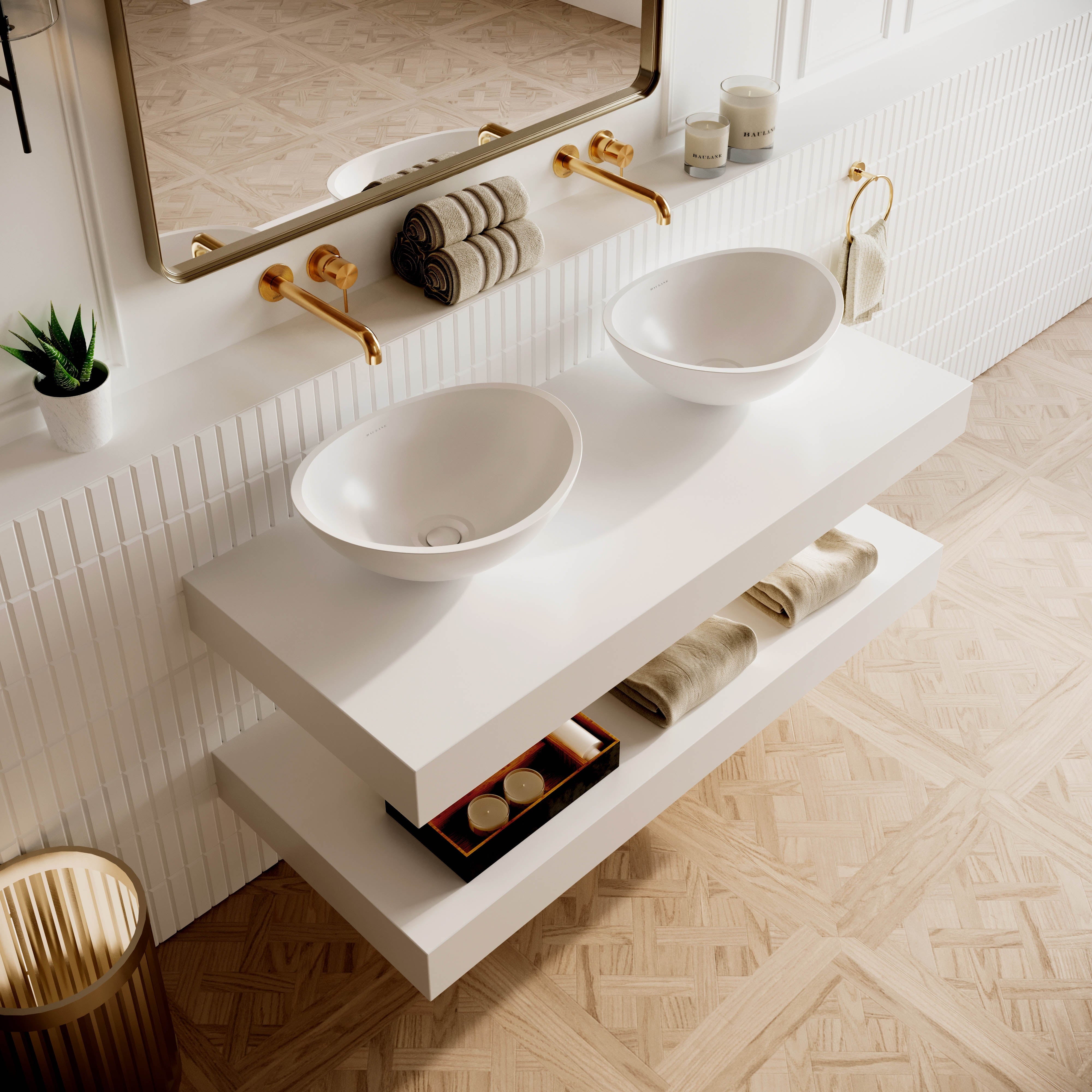

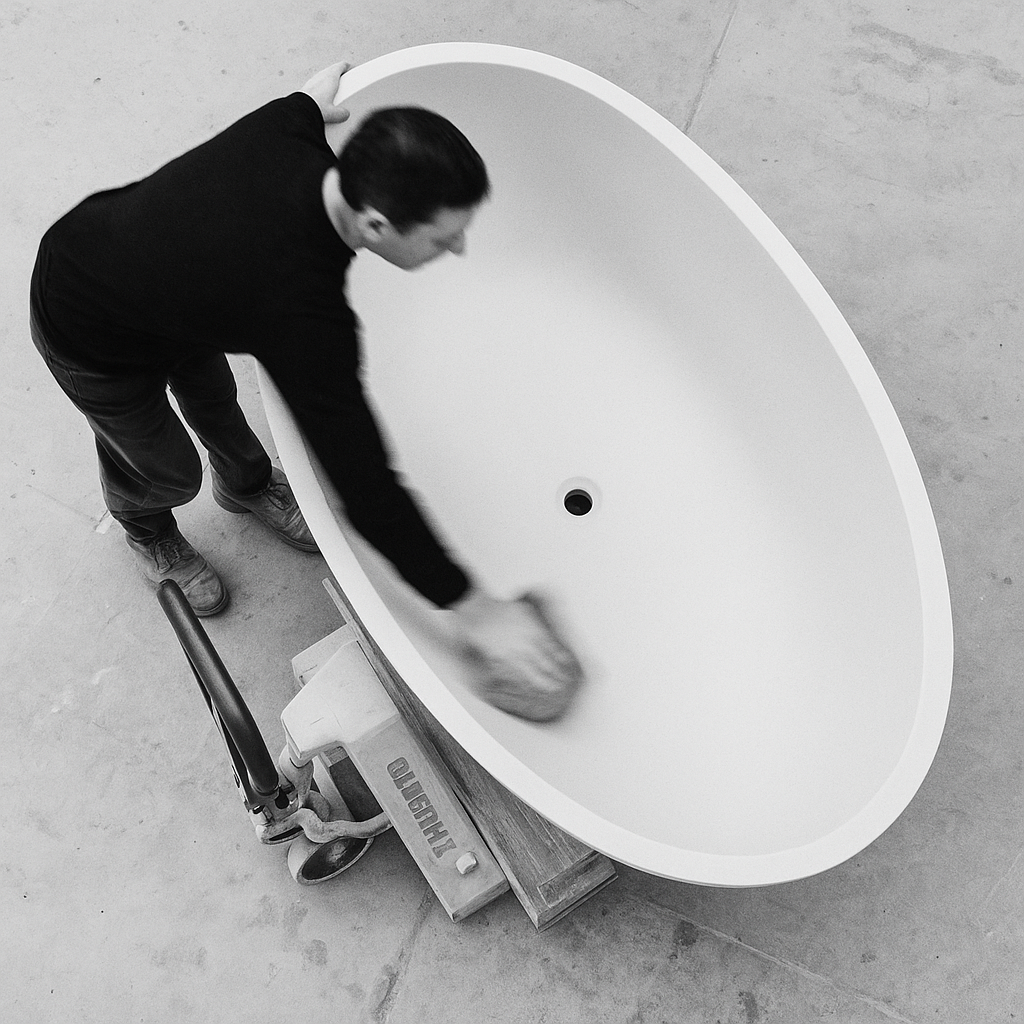
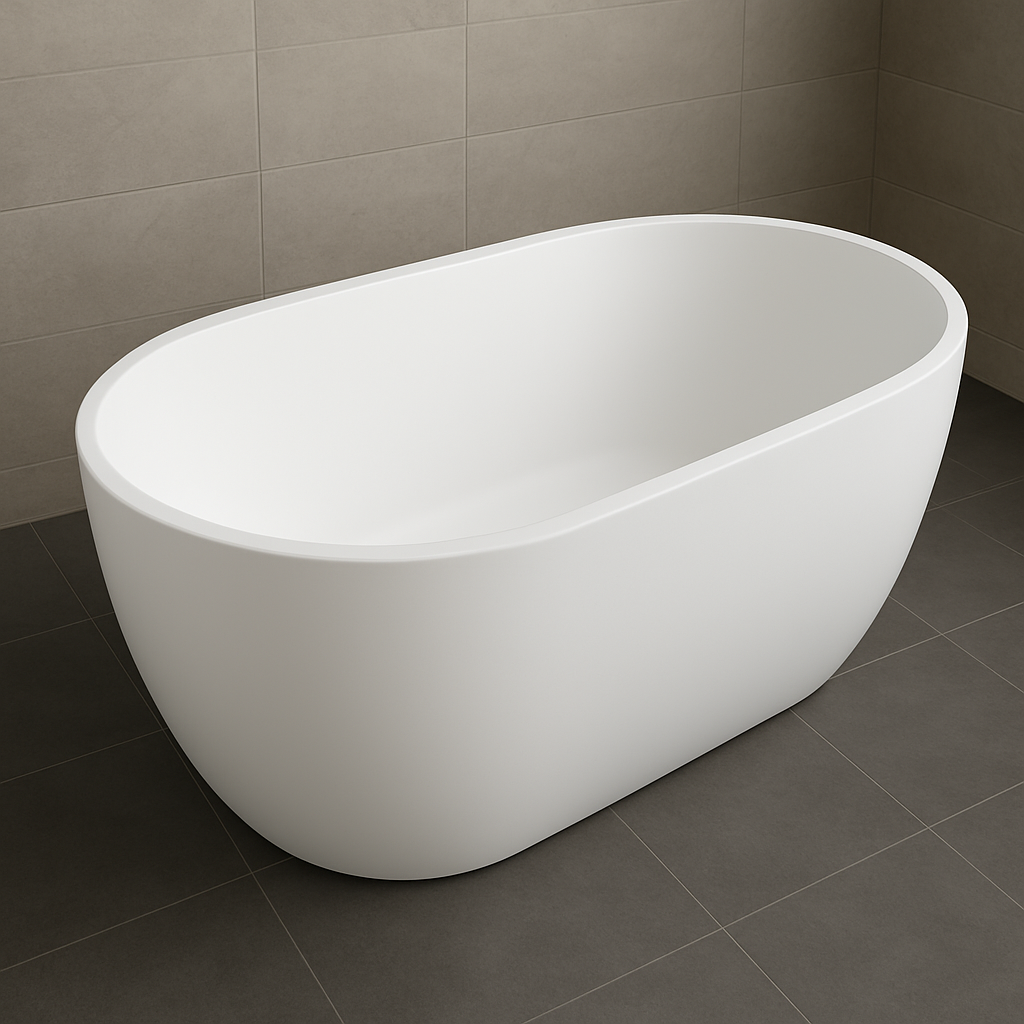
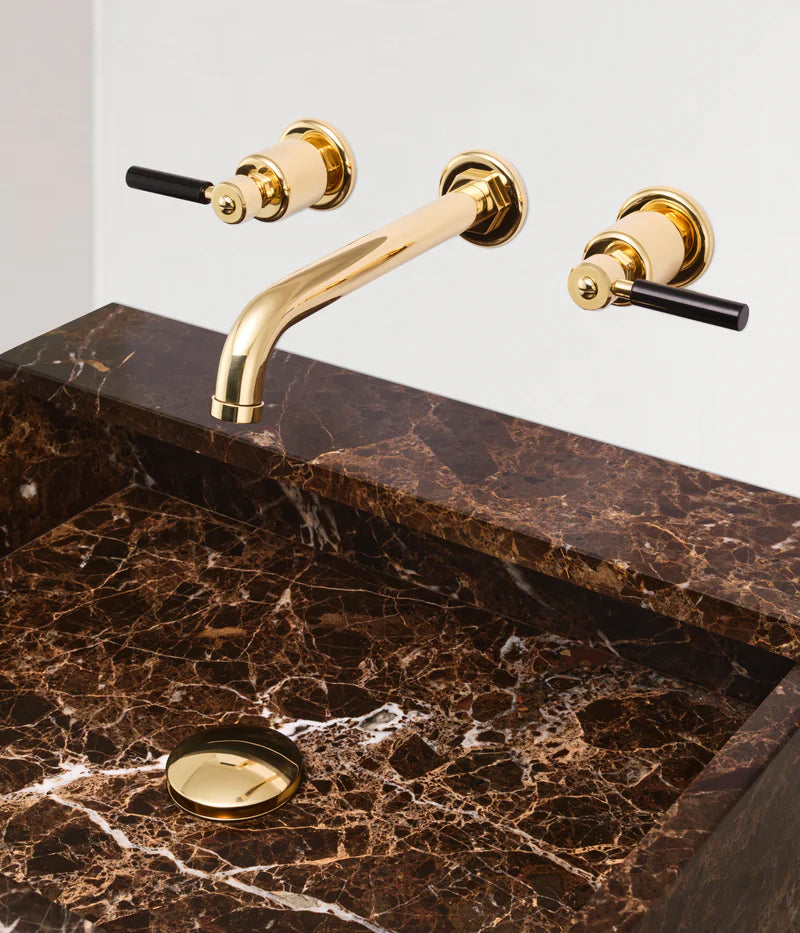

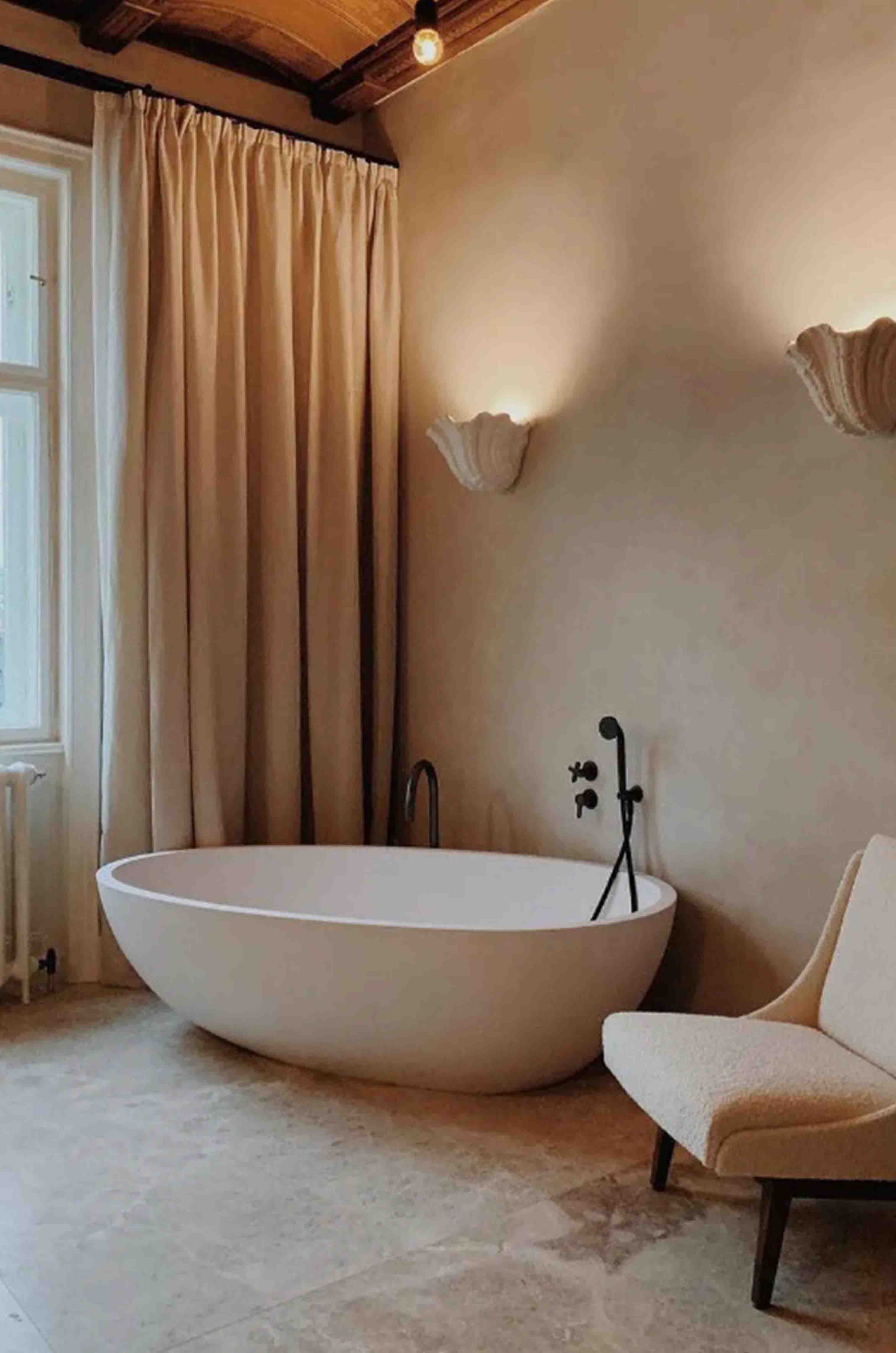

Leave a comment
All comments are moderated before being published.
This site is protected by hCaptcha and the hCaptcha Privacy Policy and Terms of Service apply.